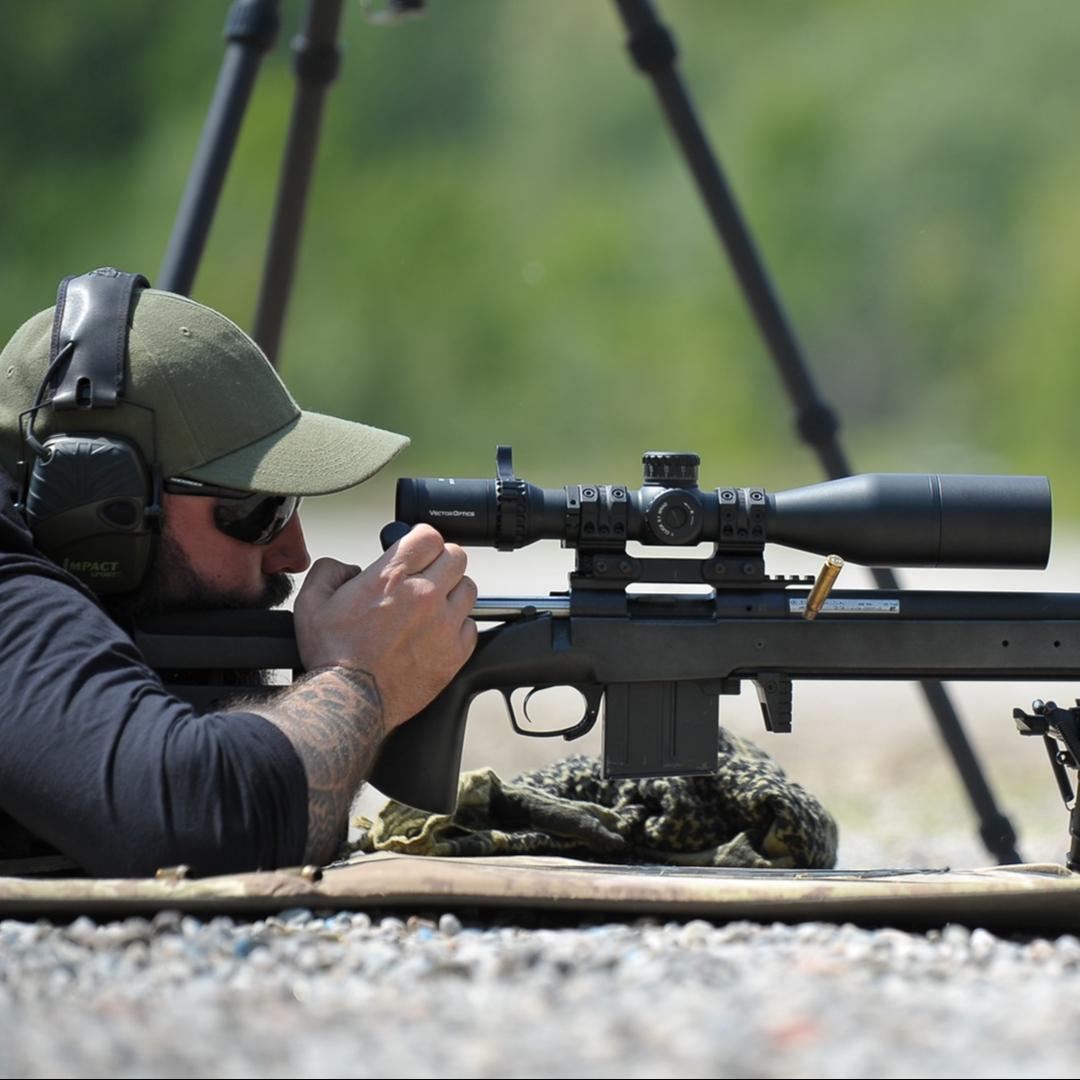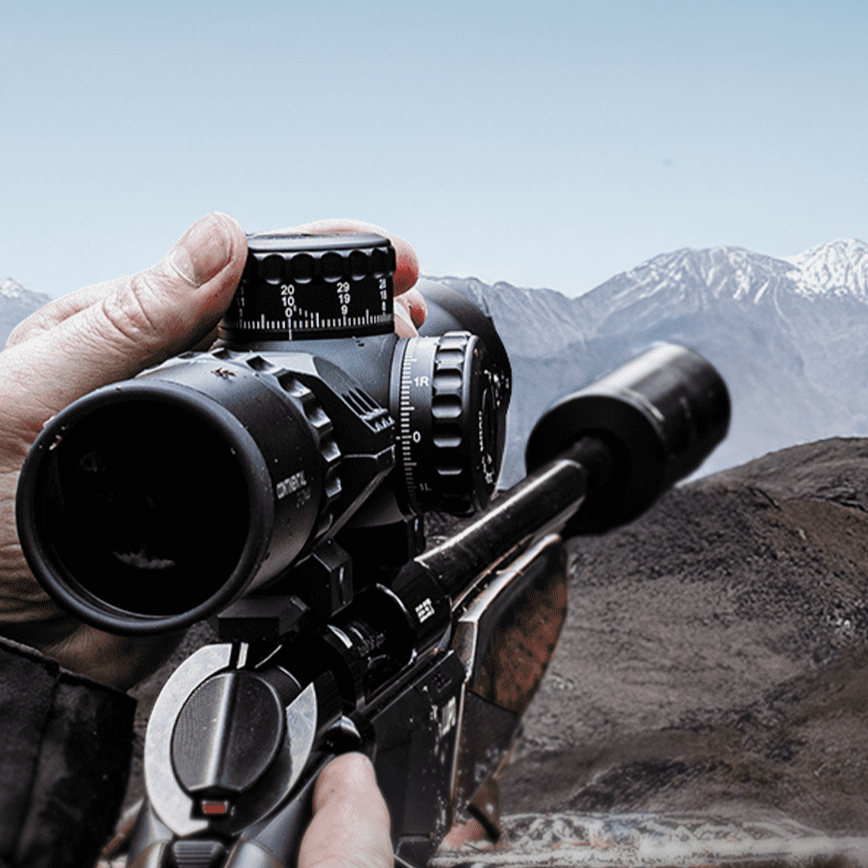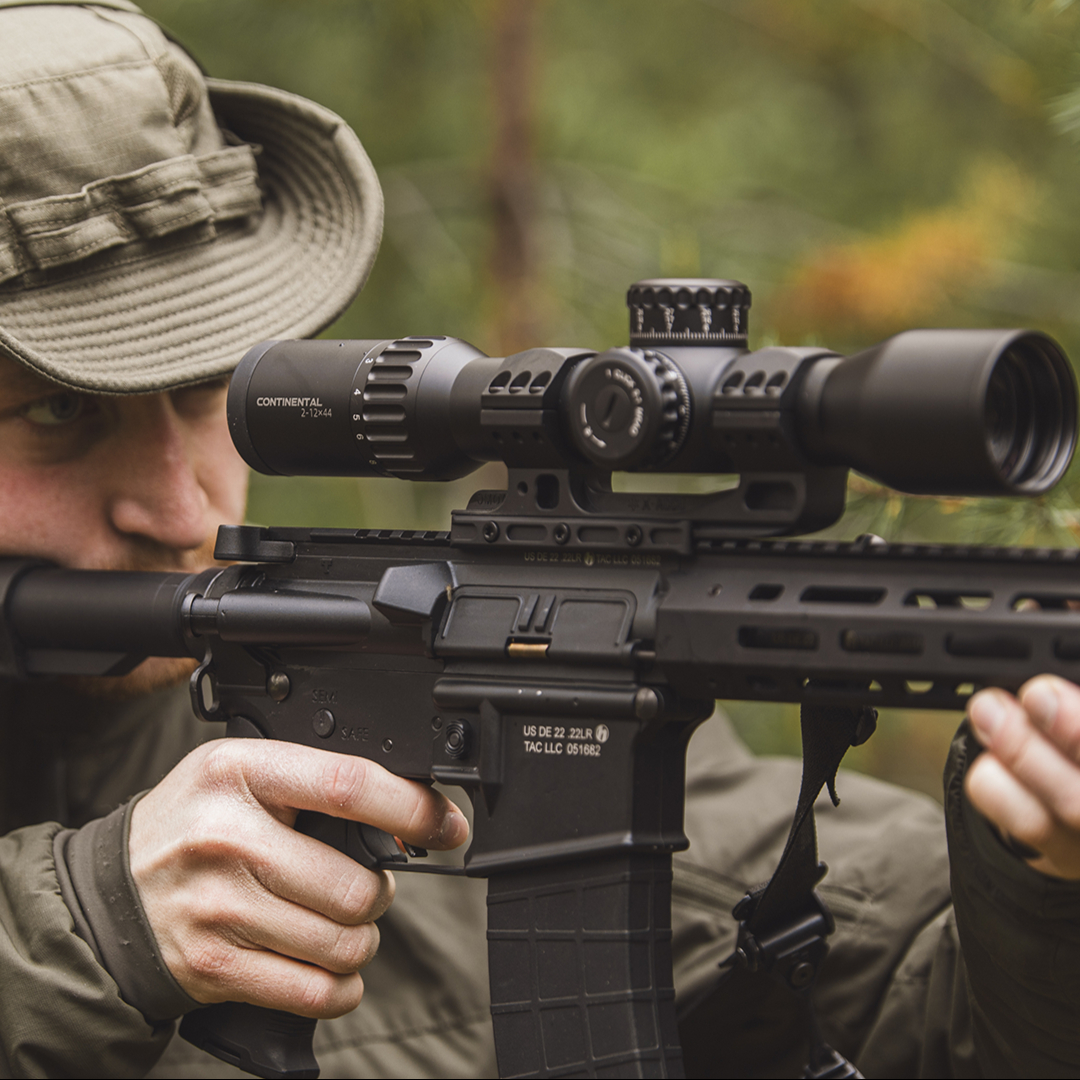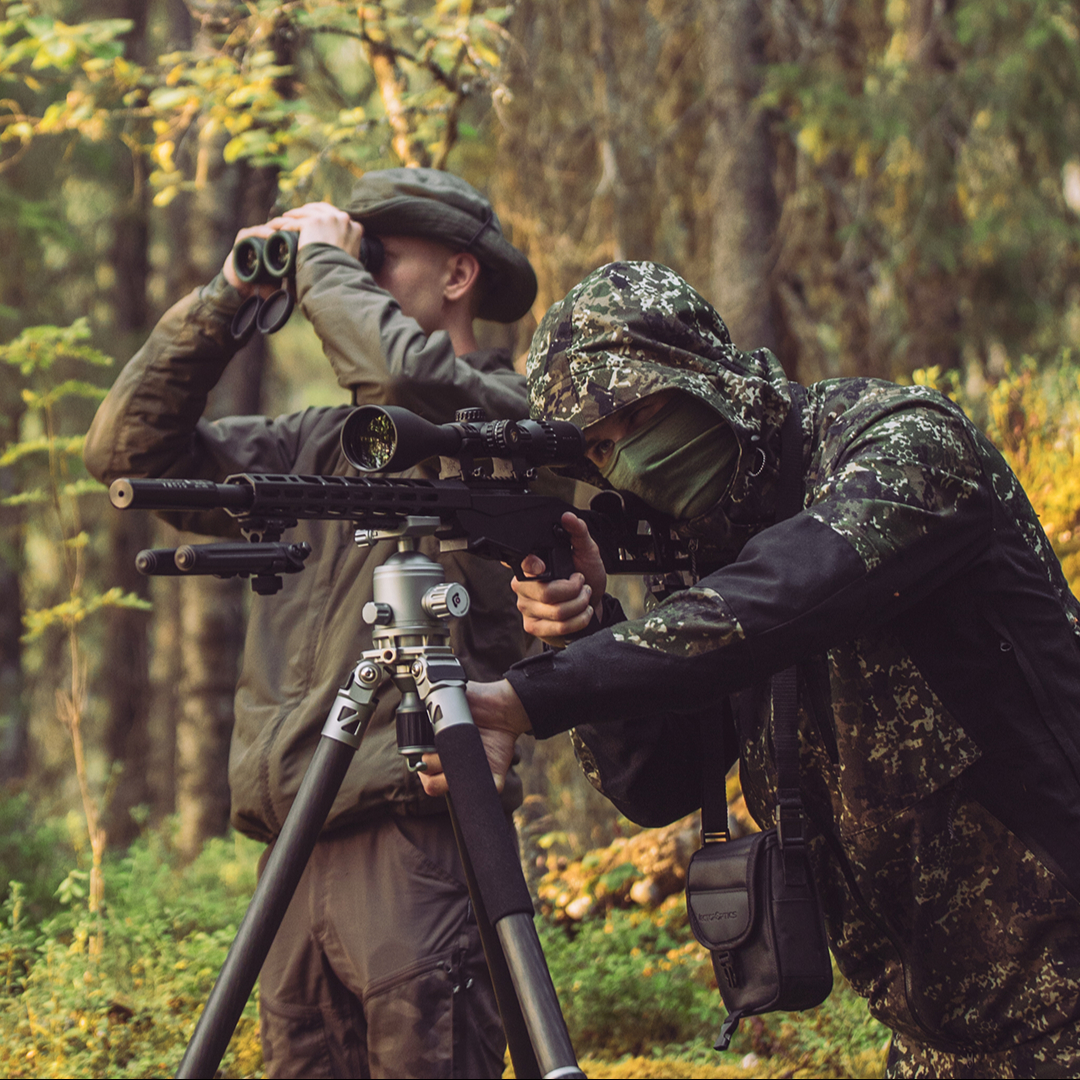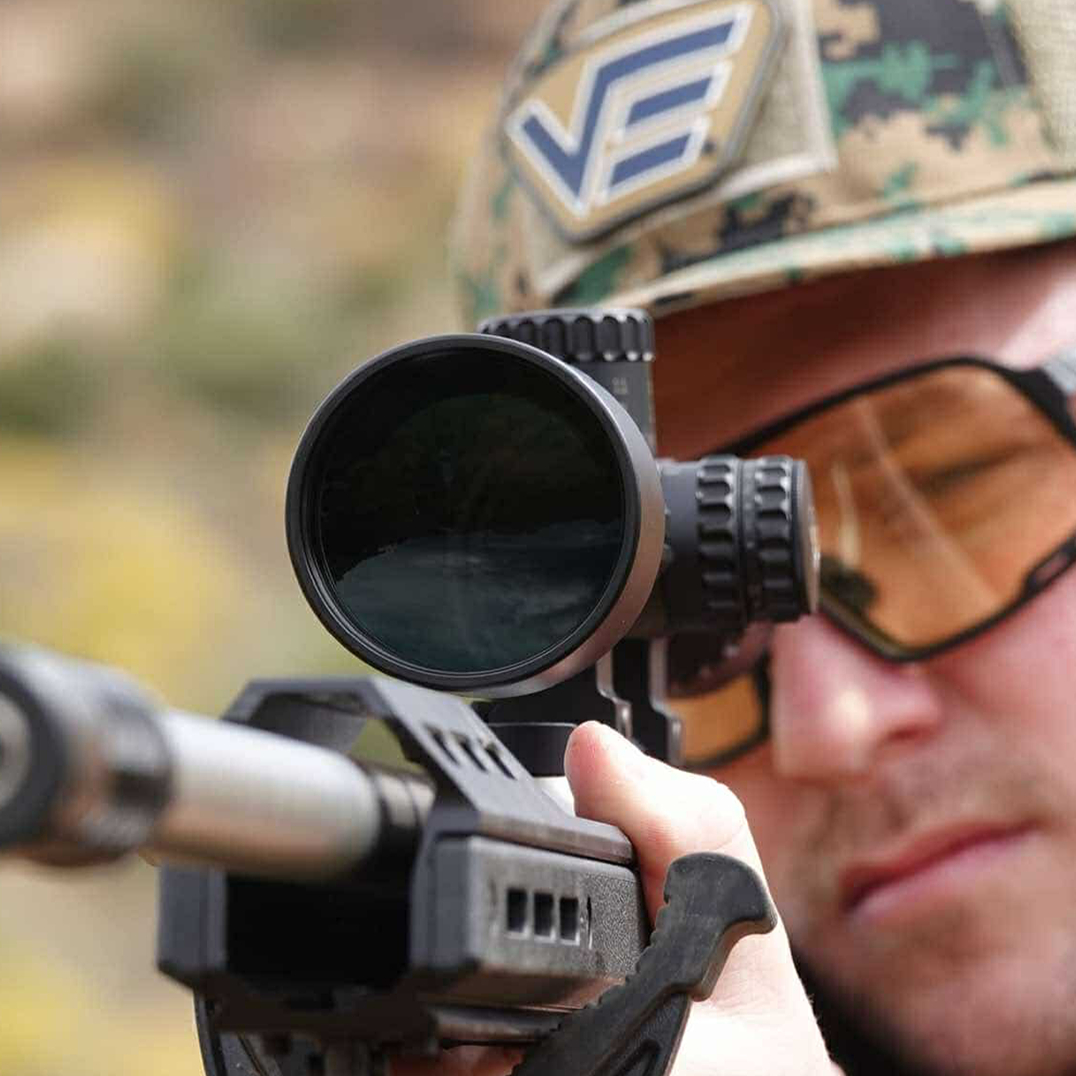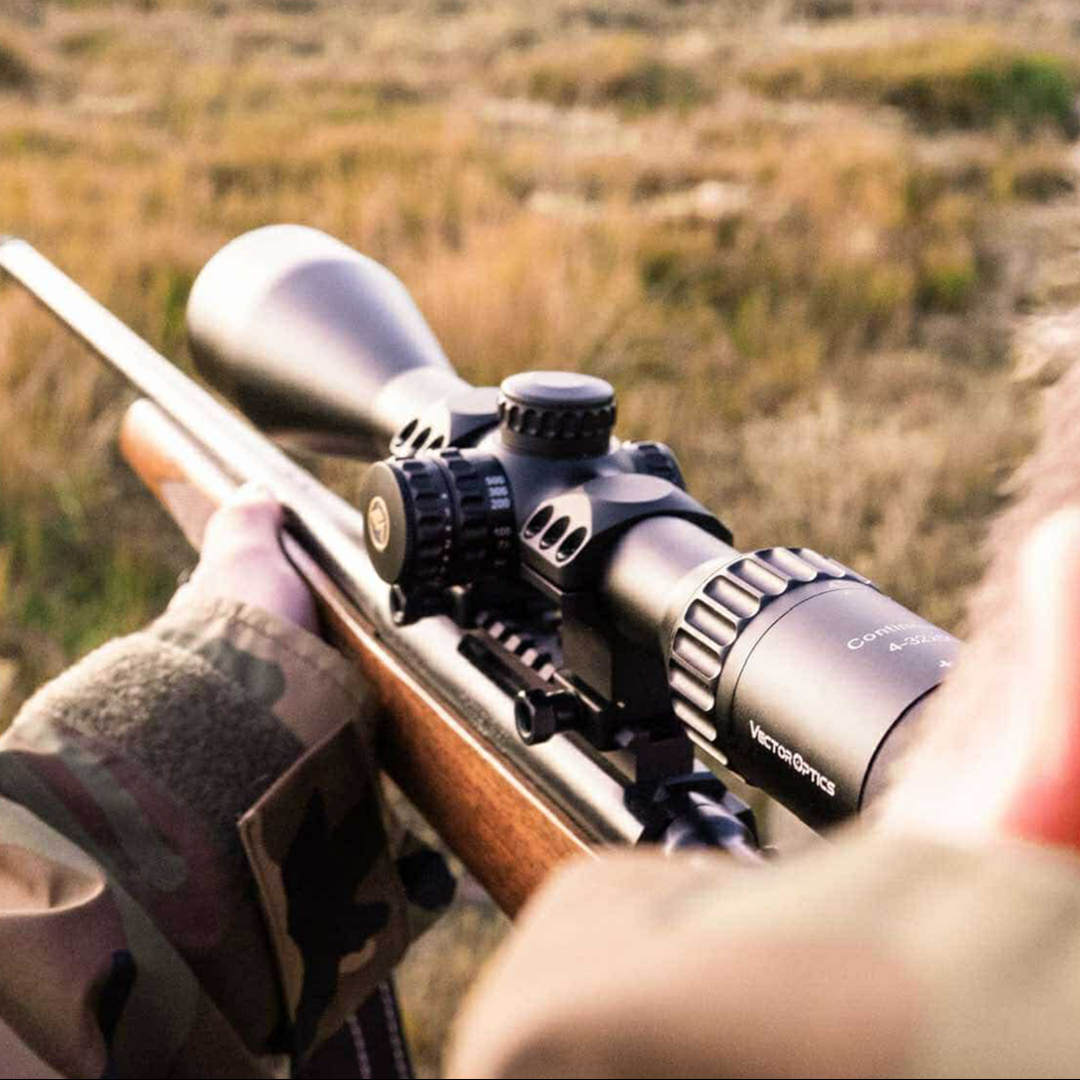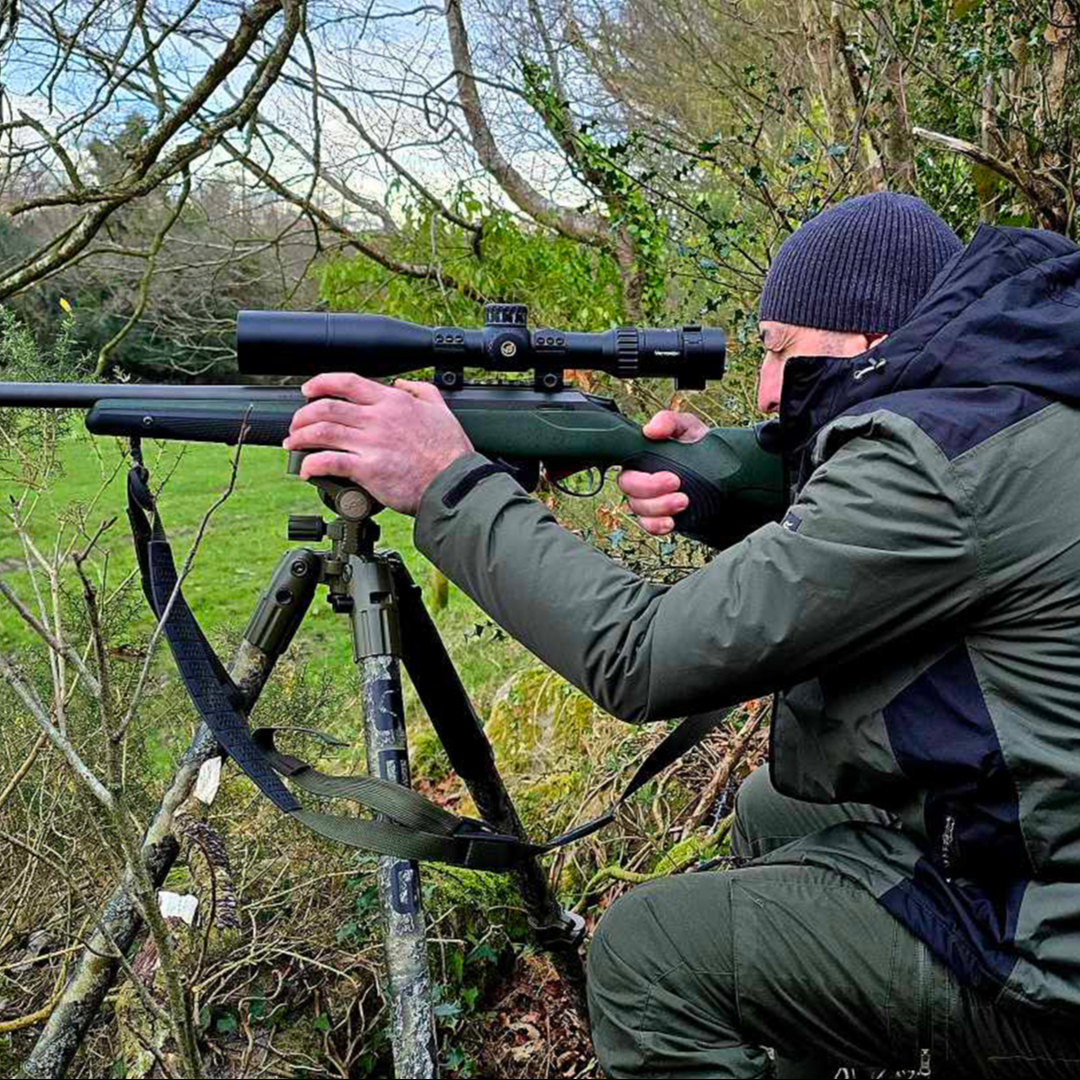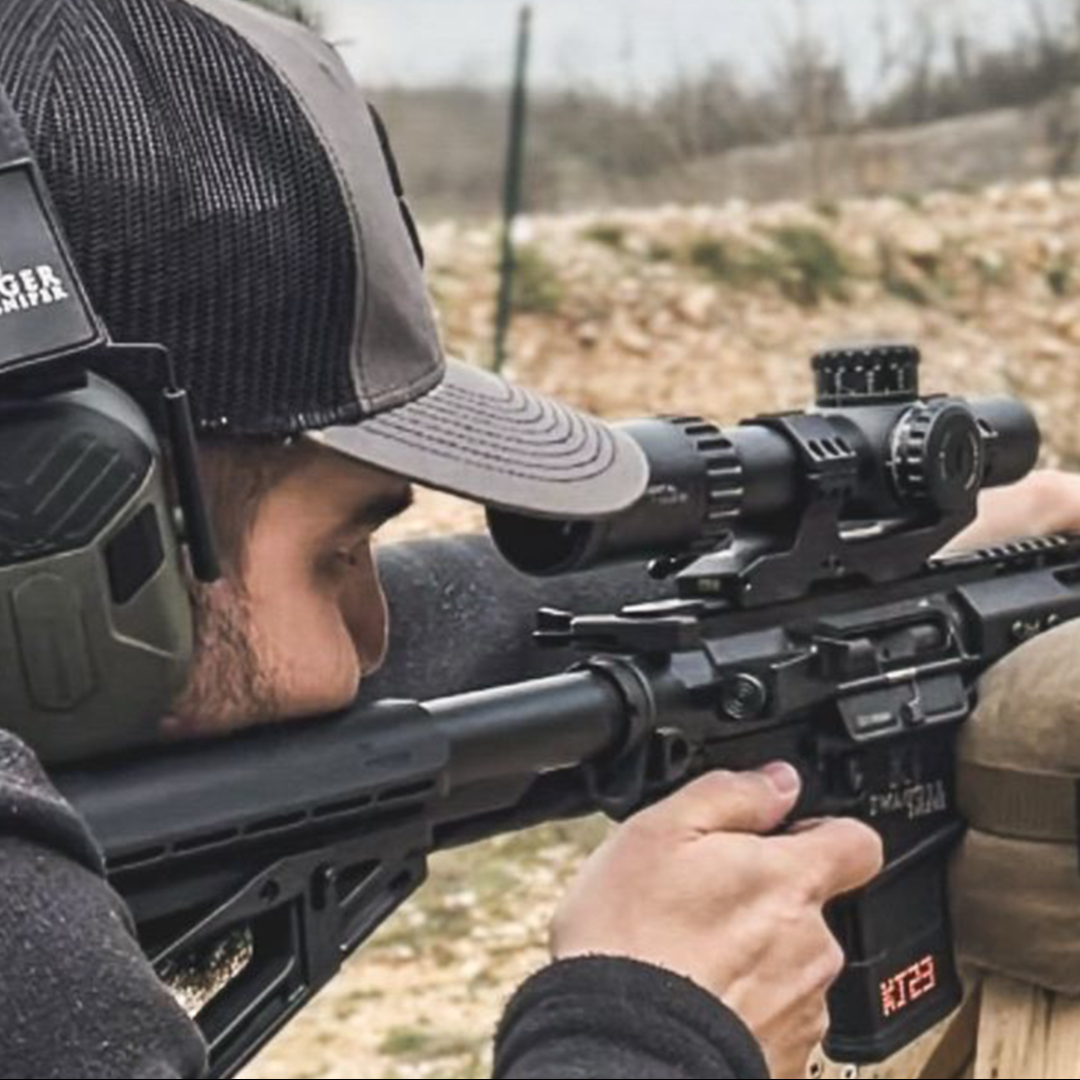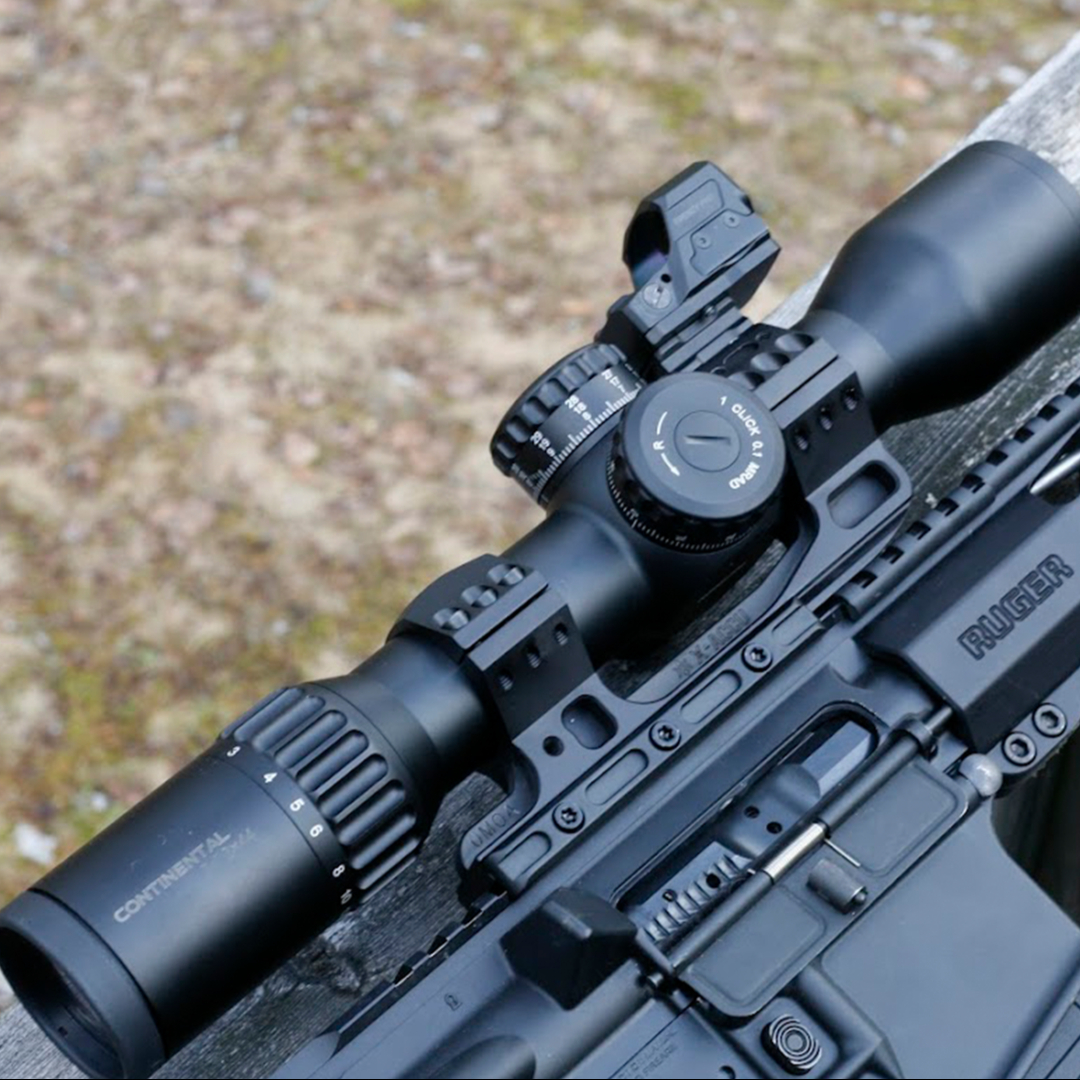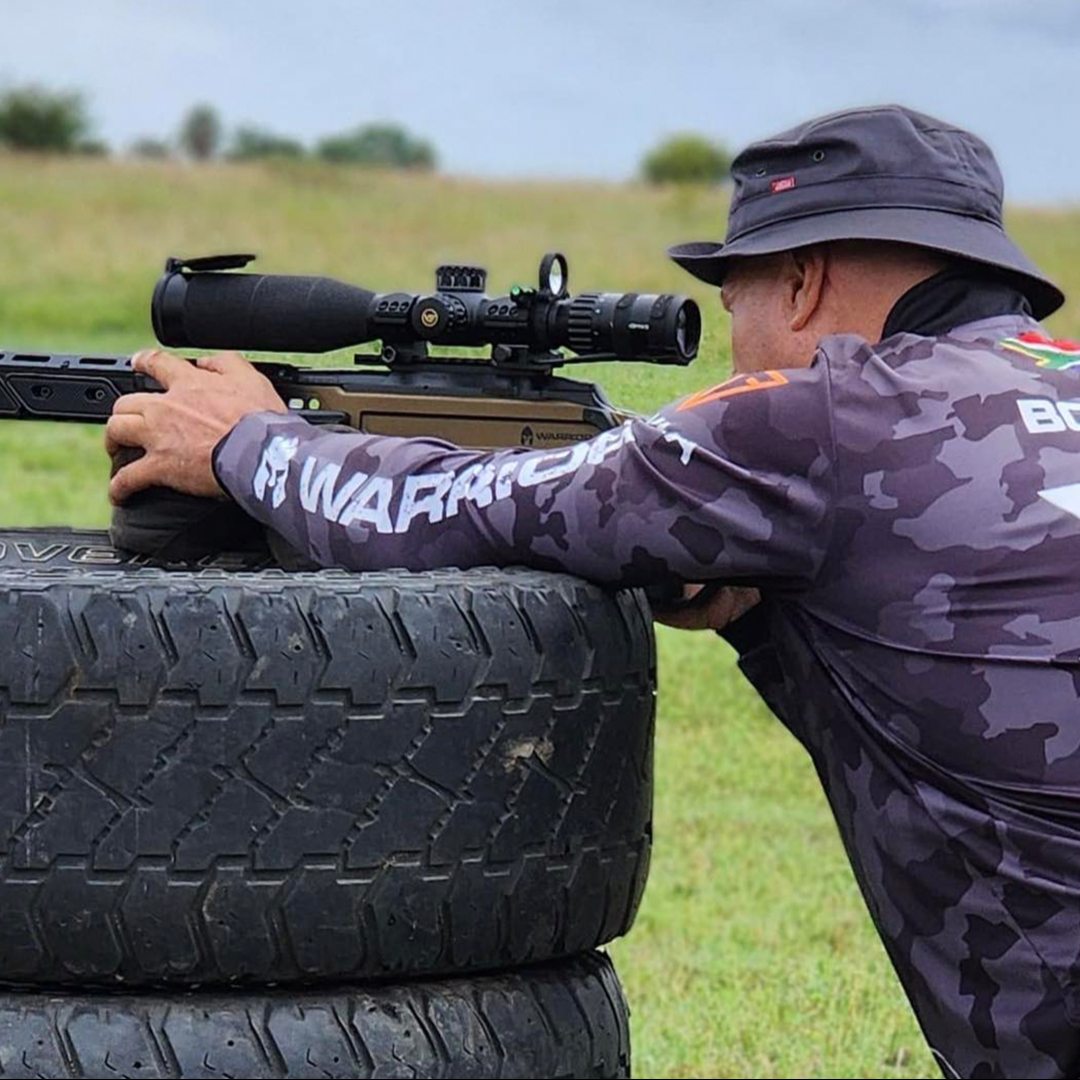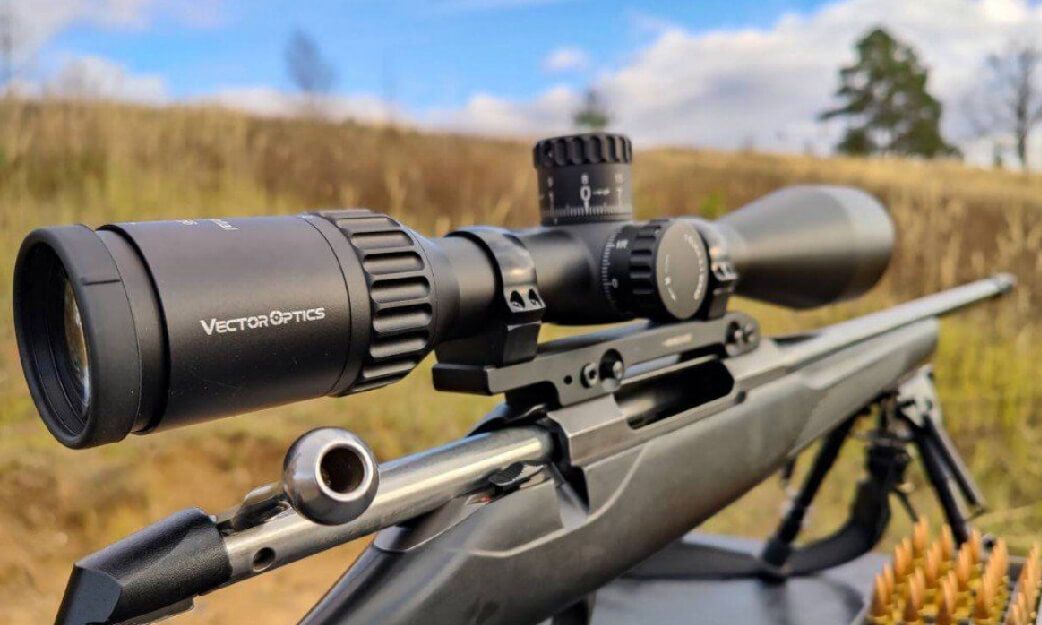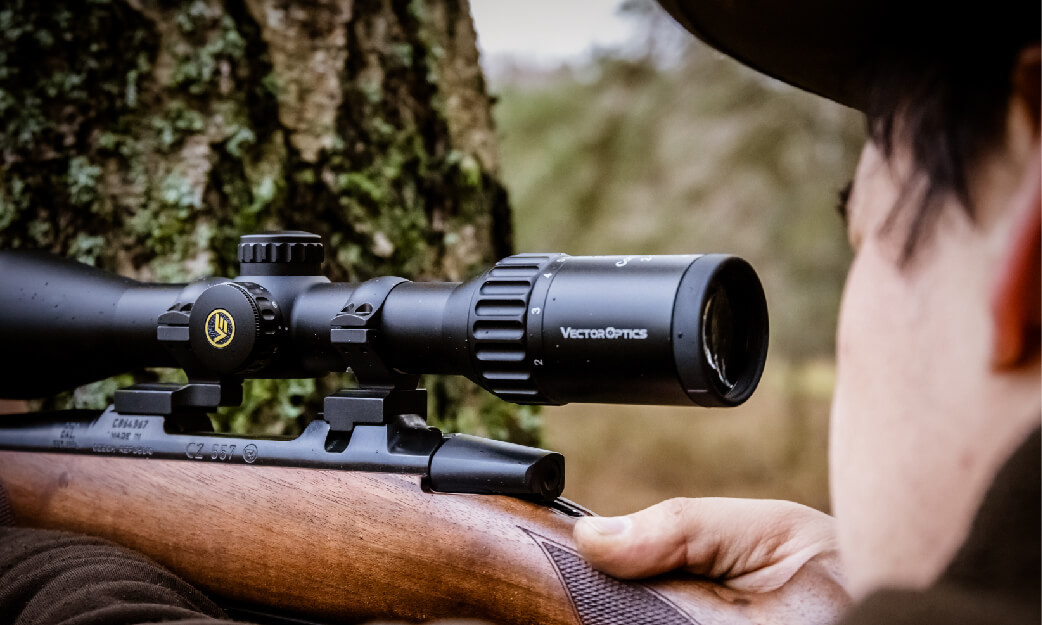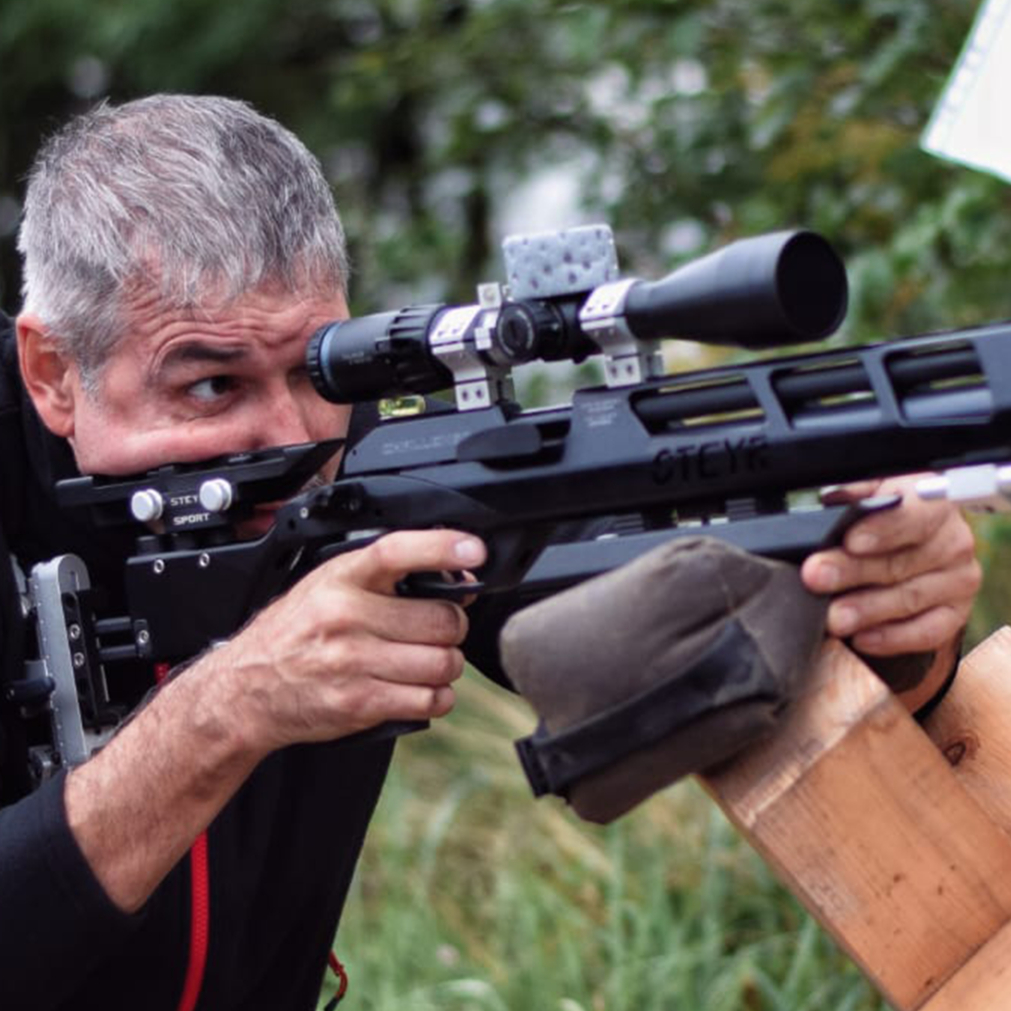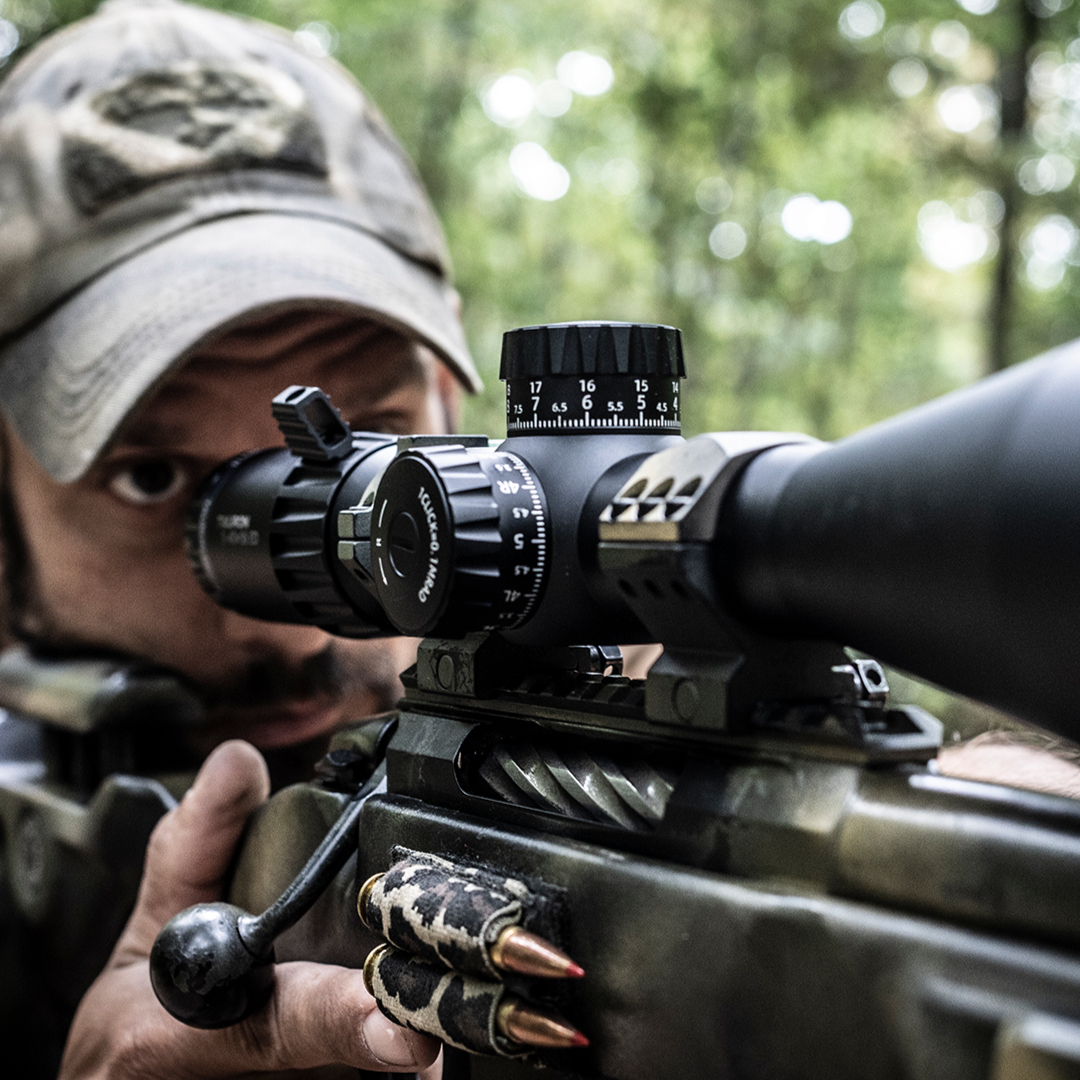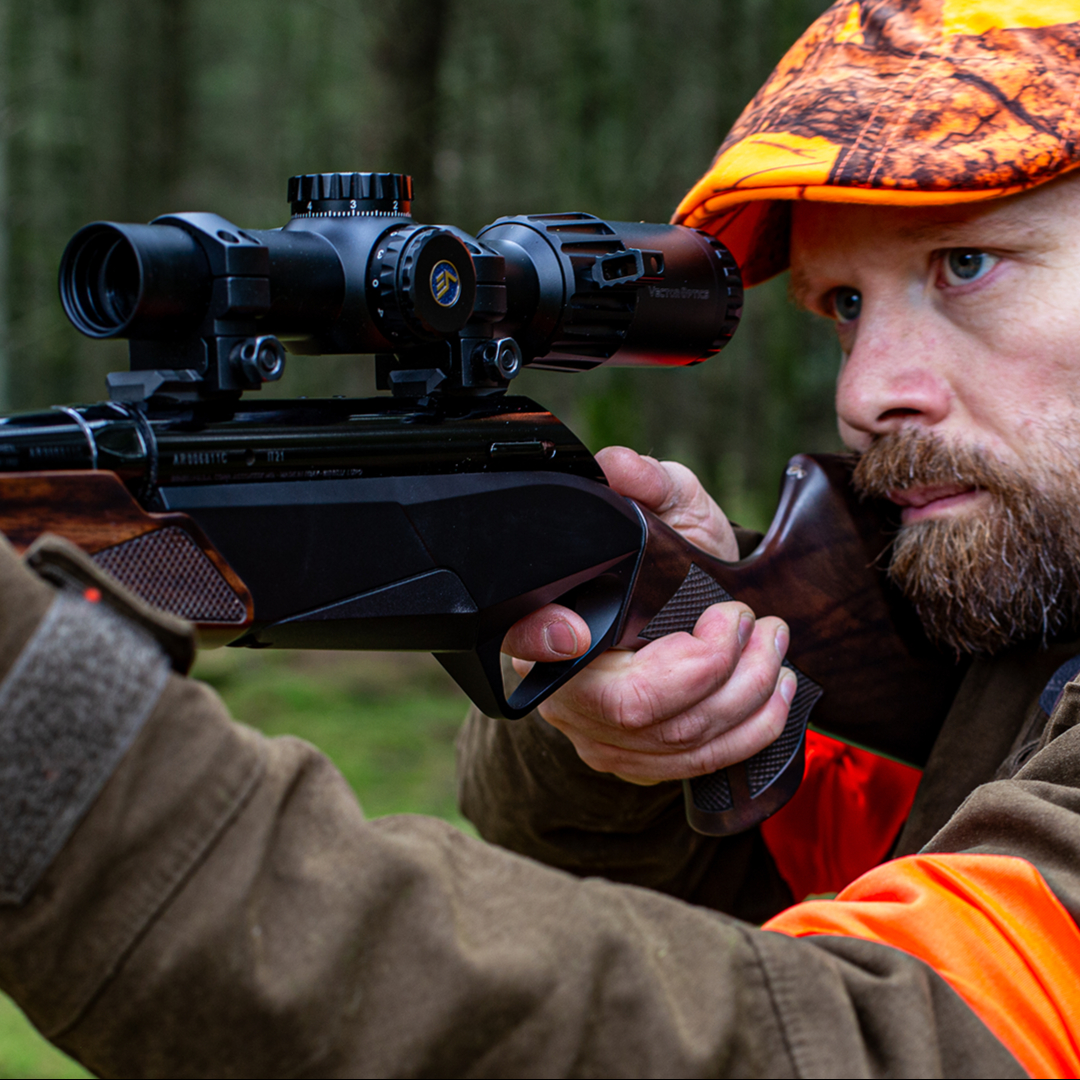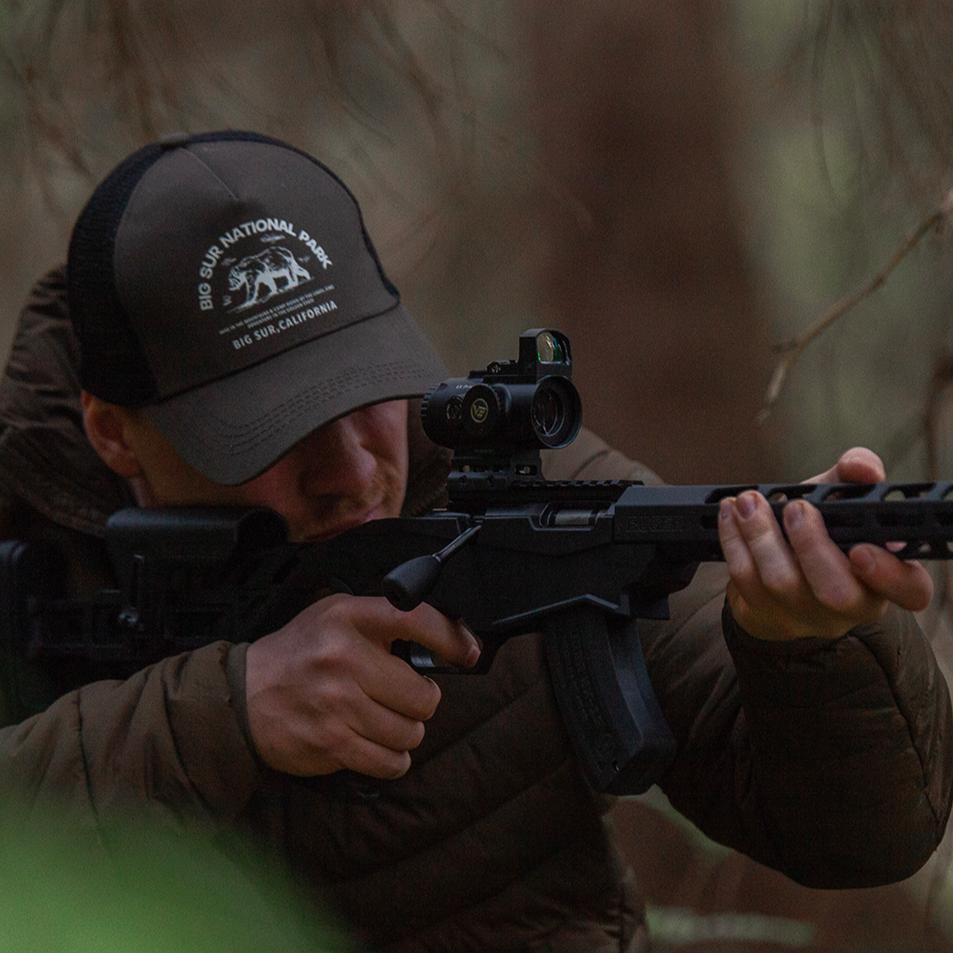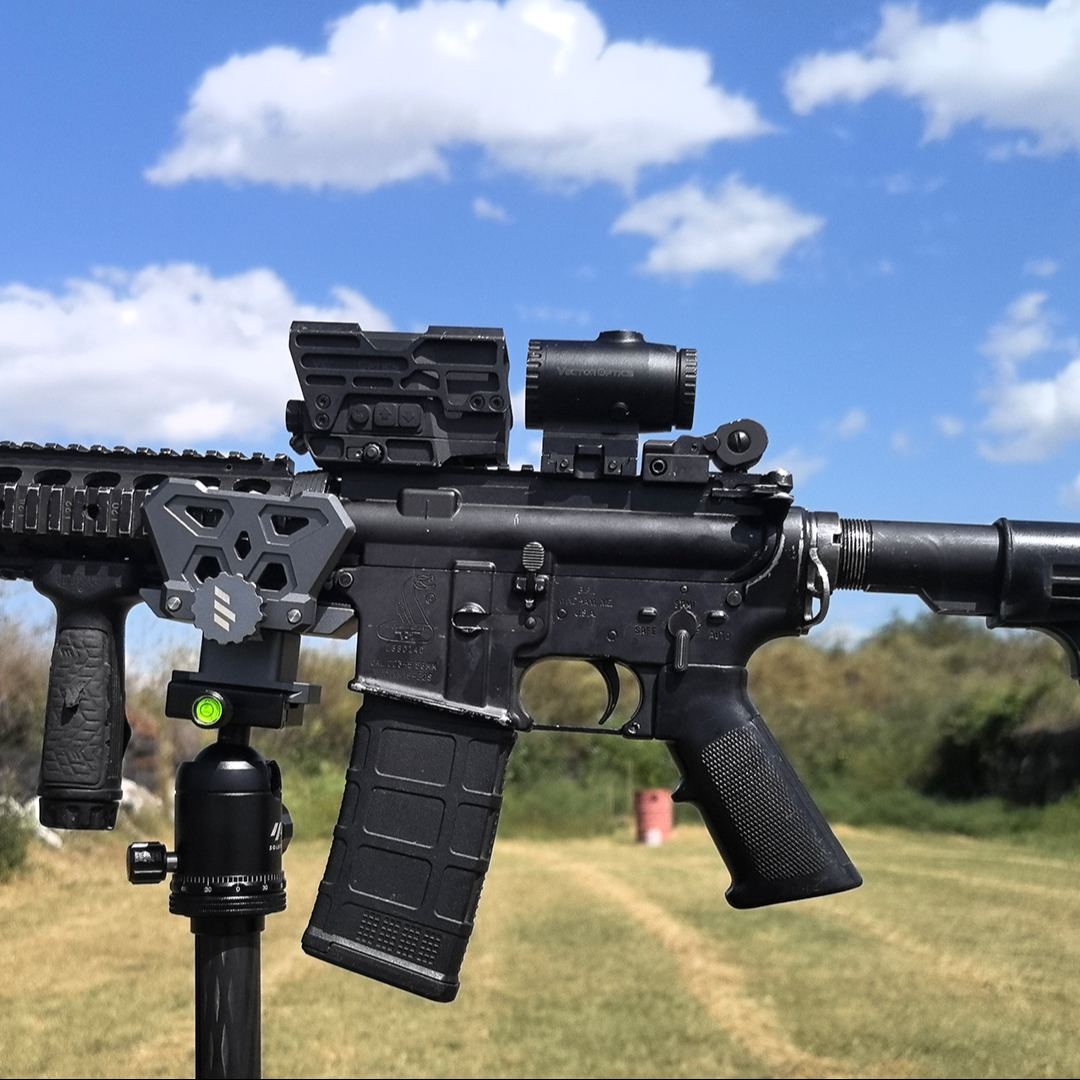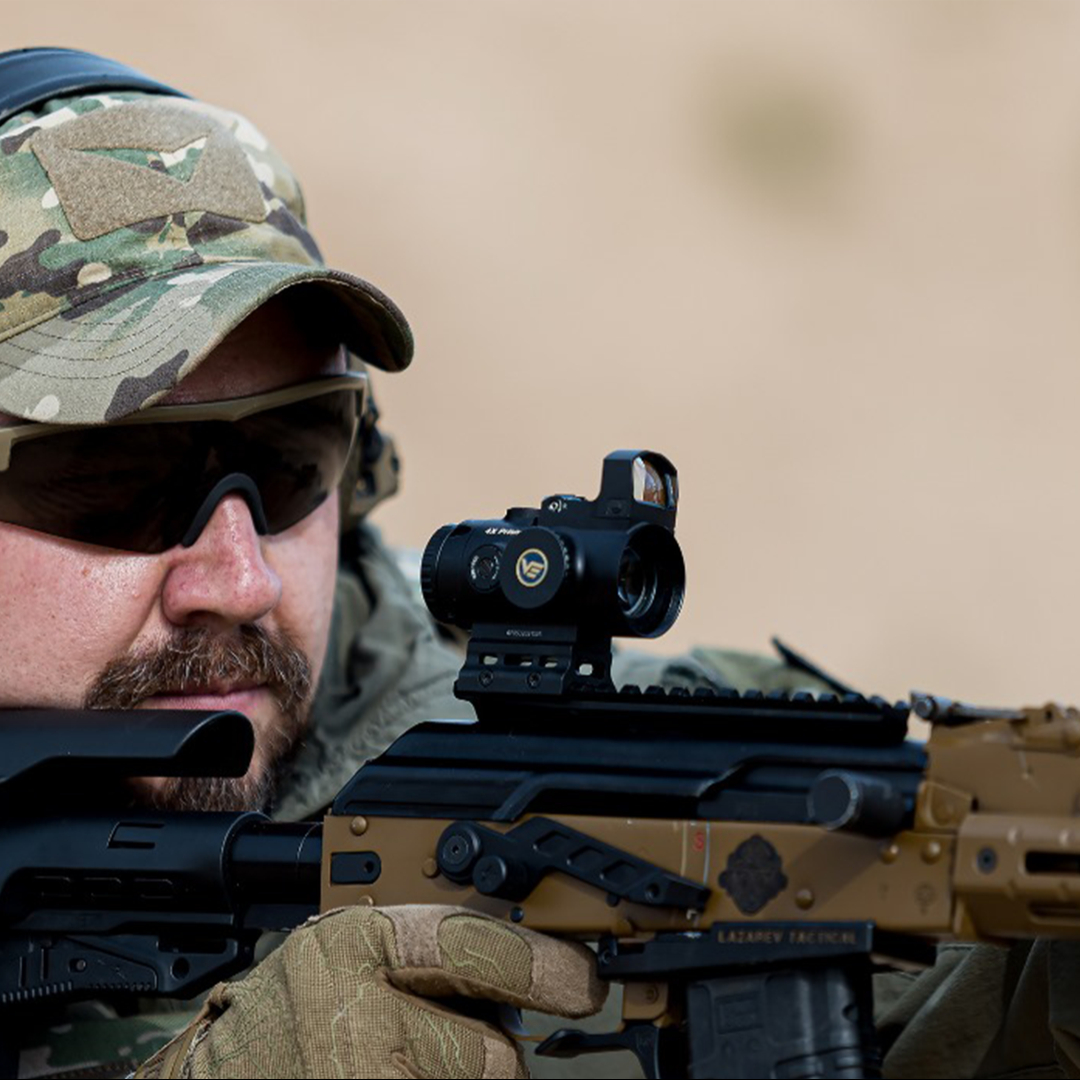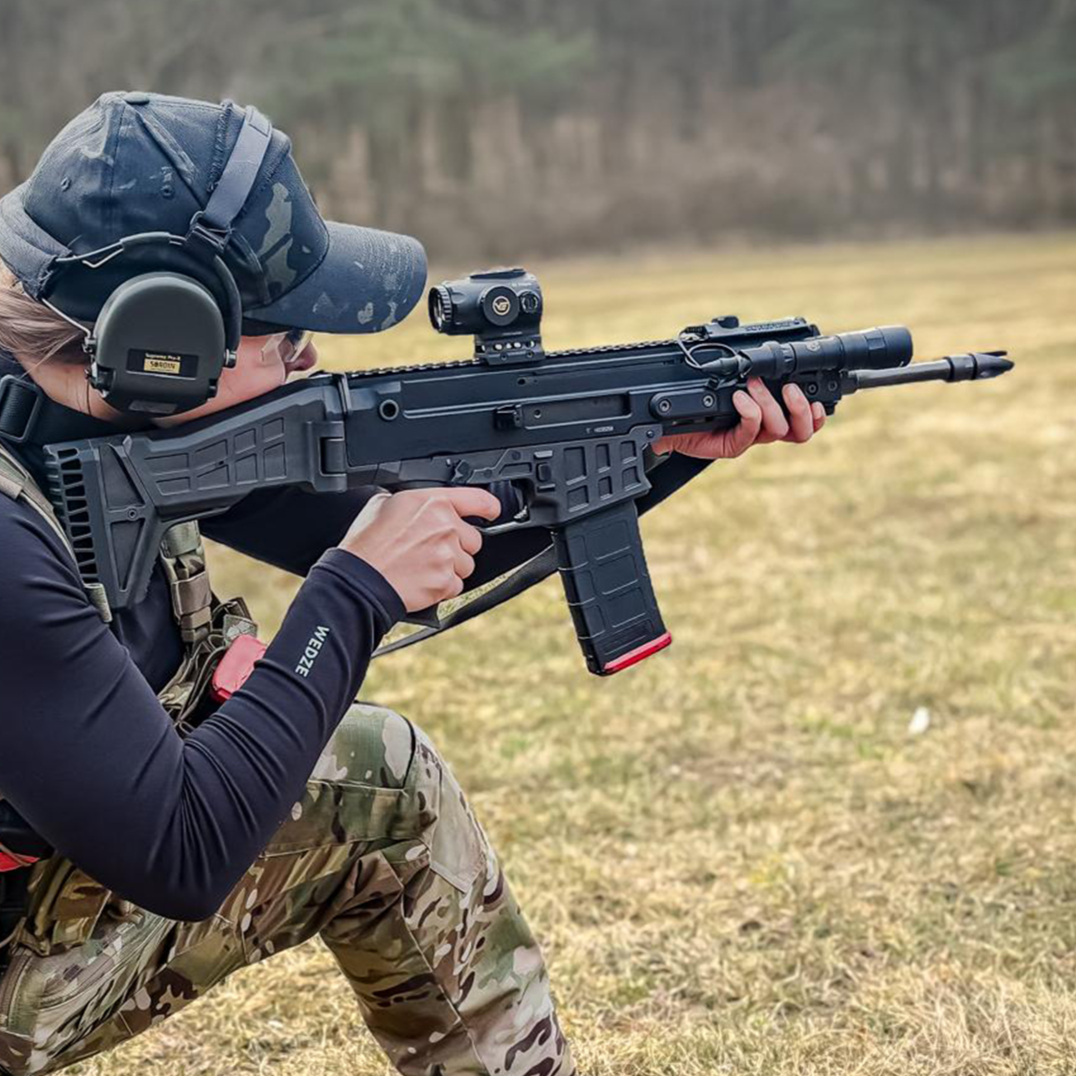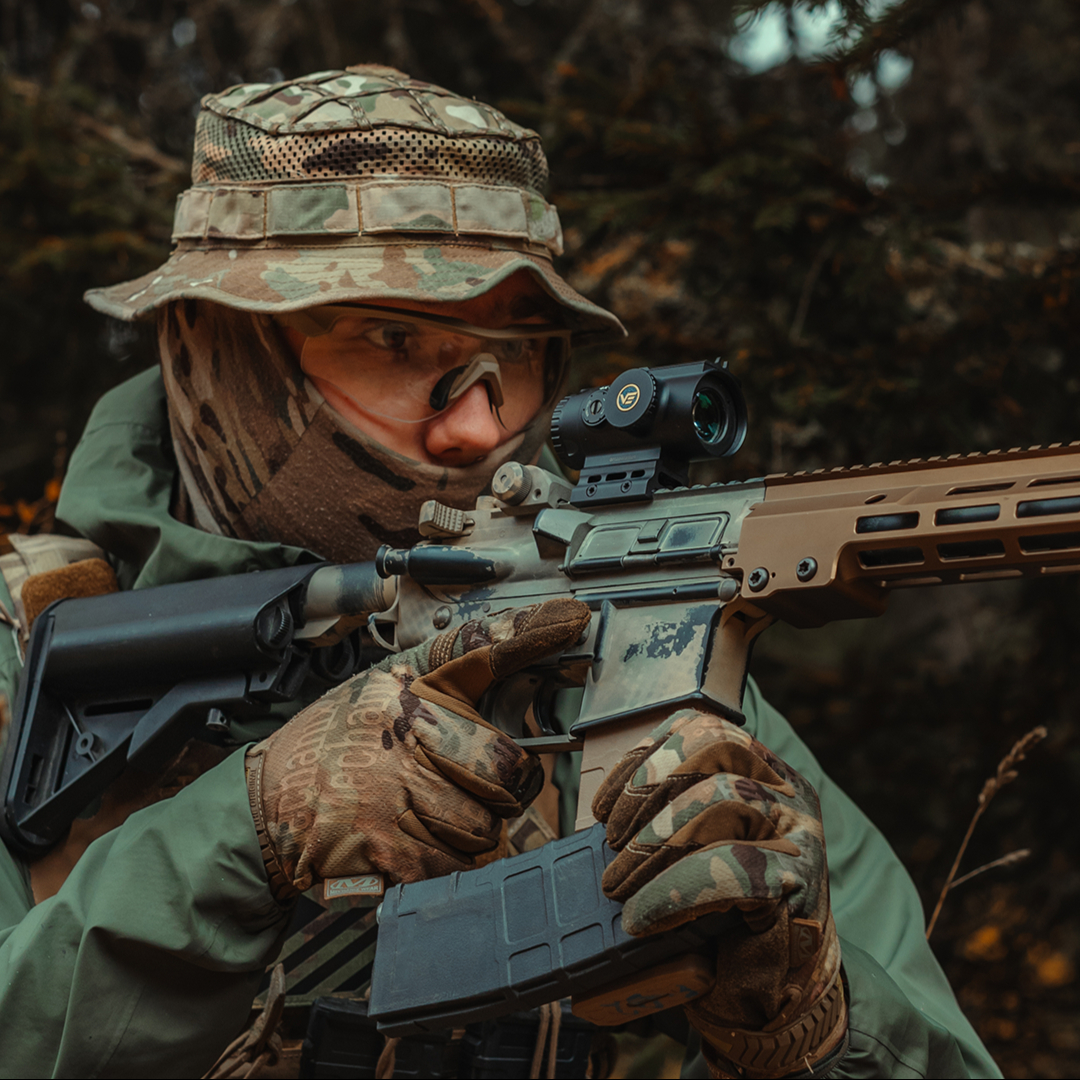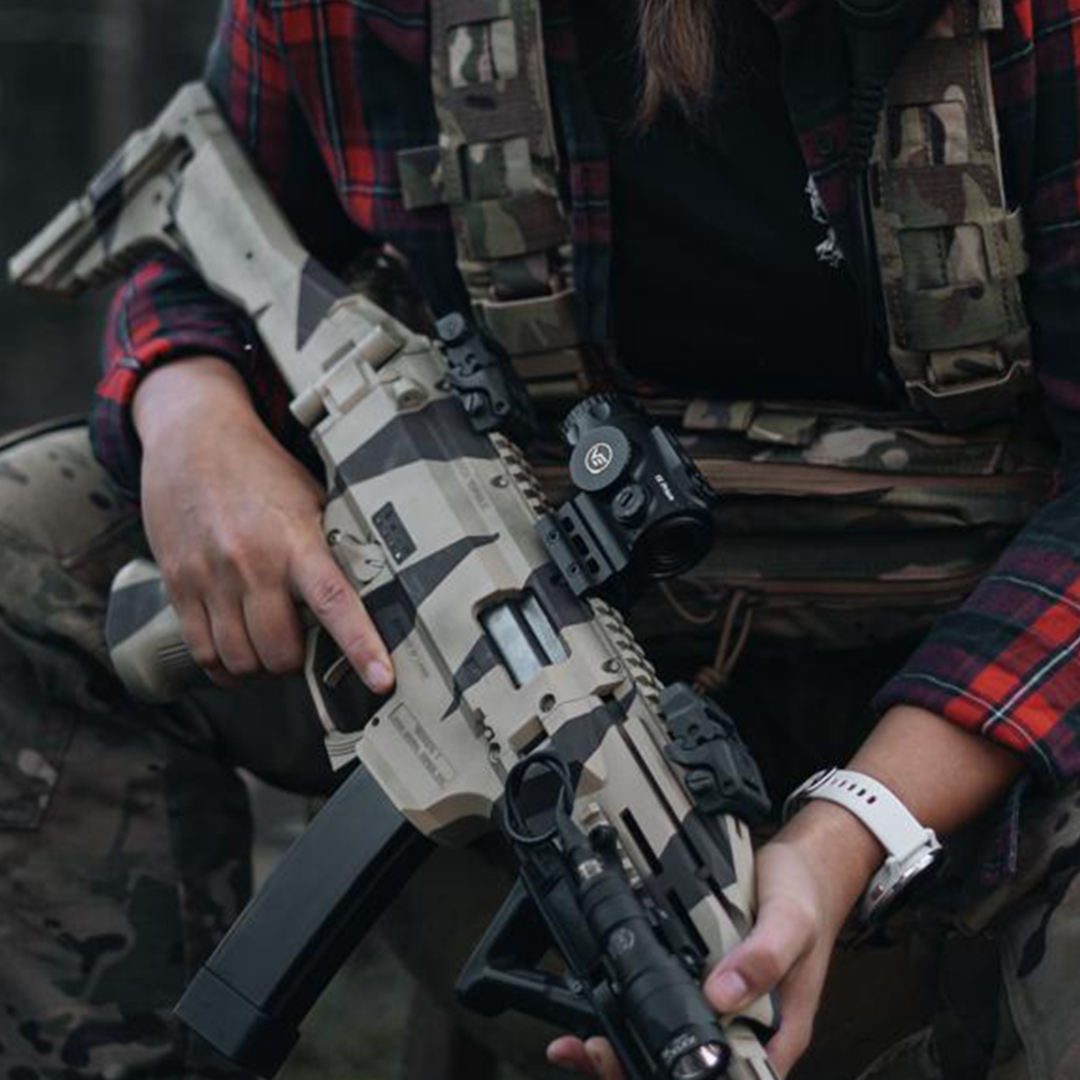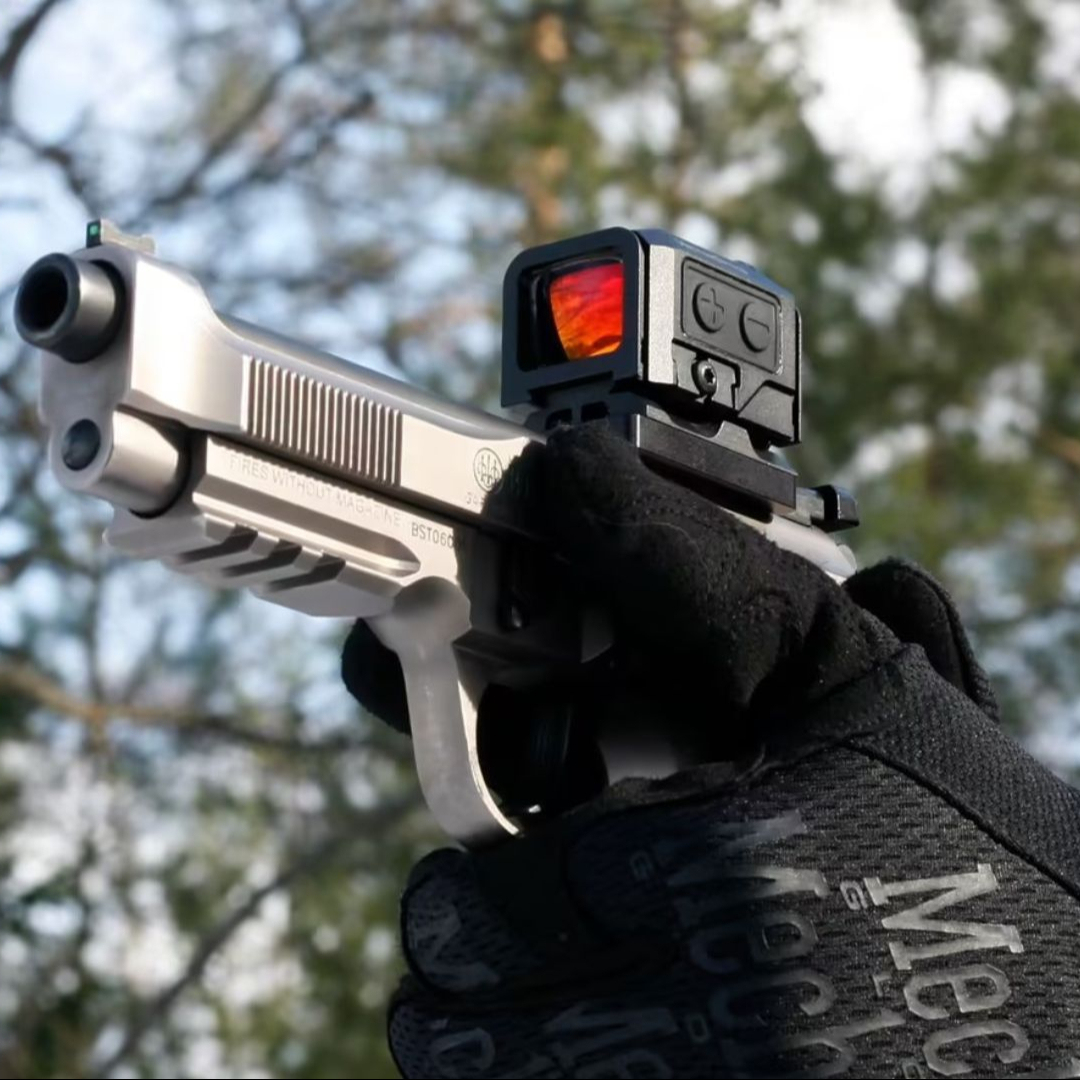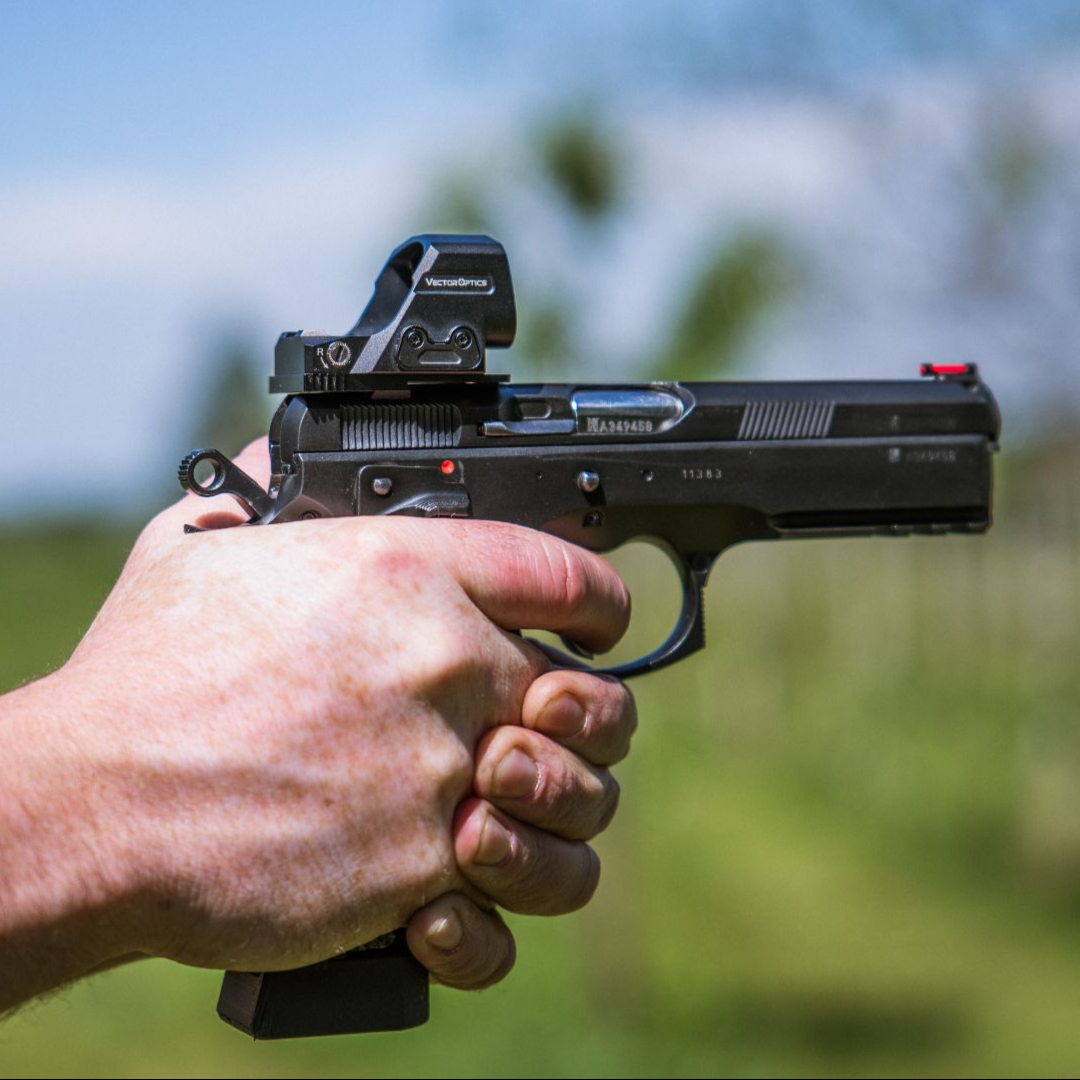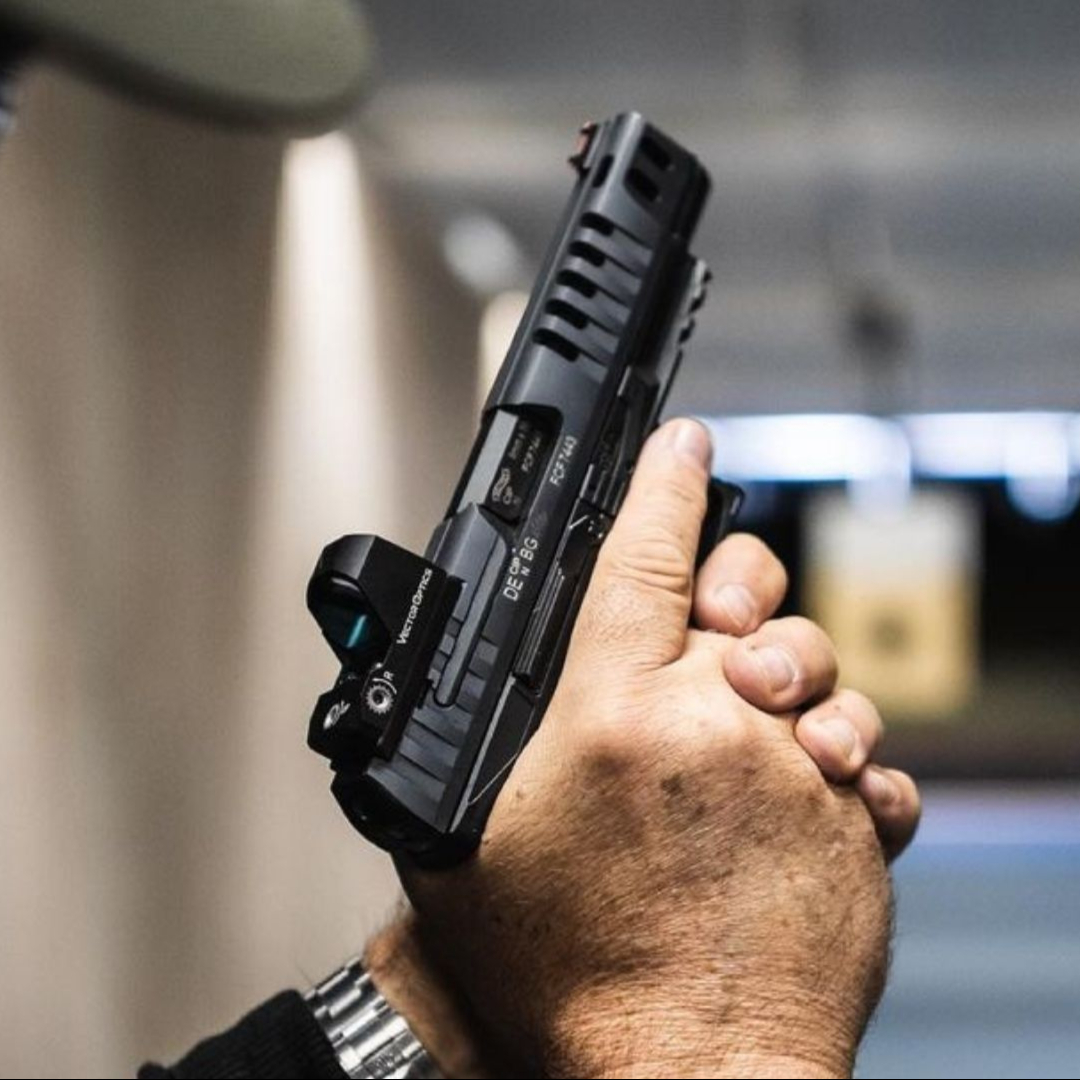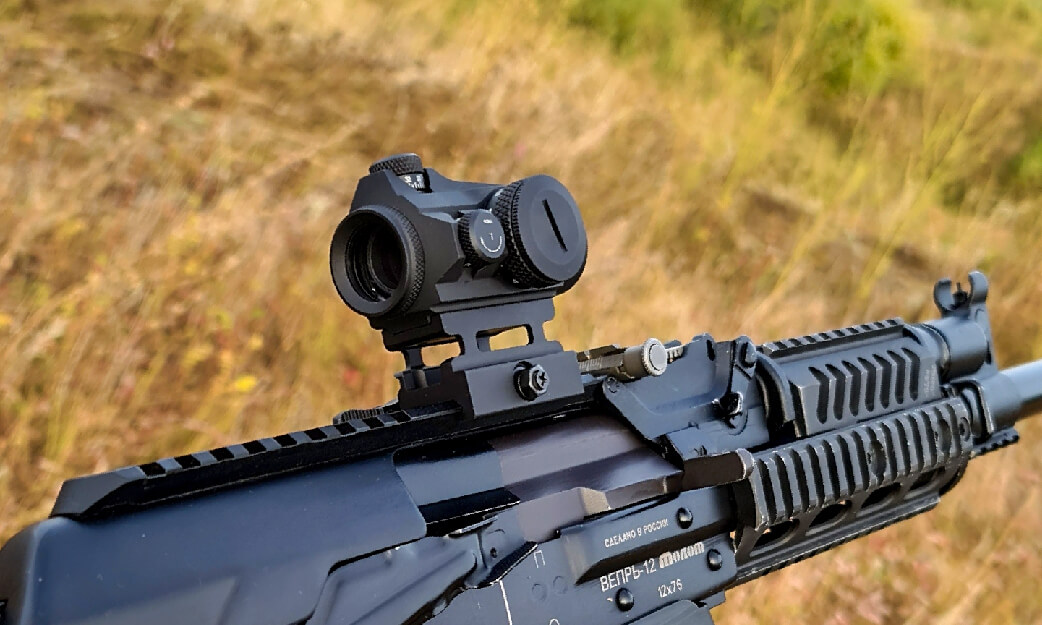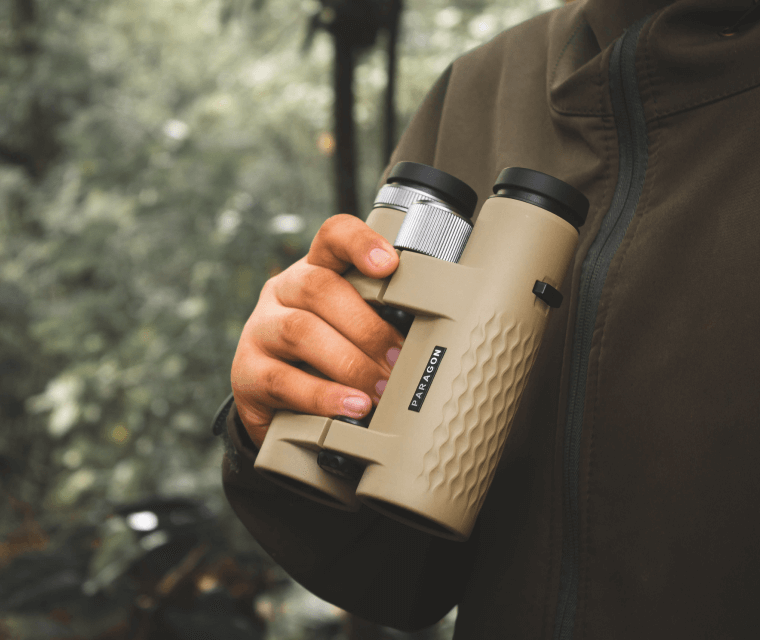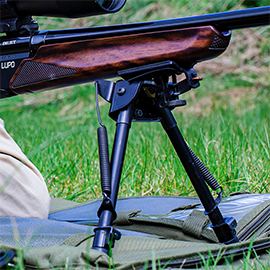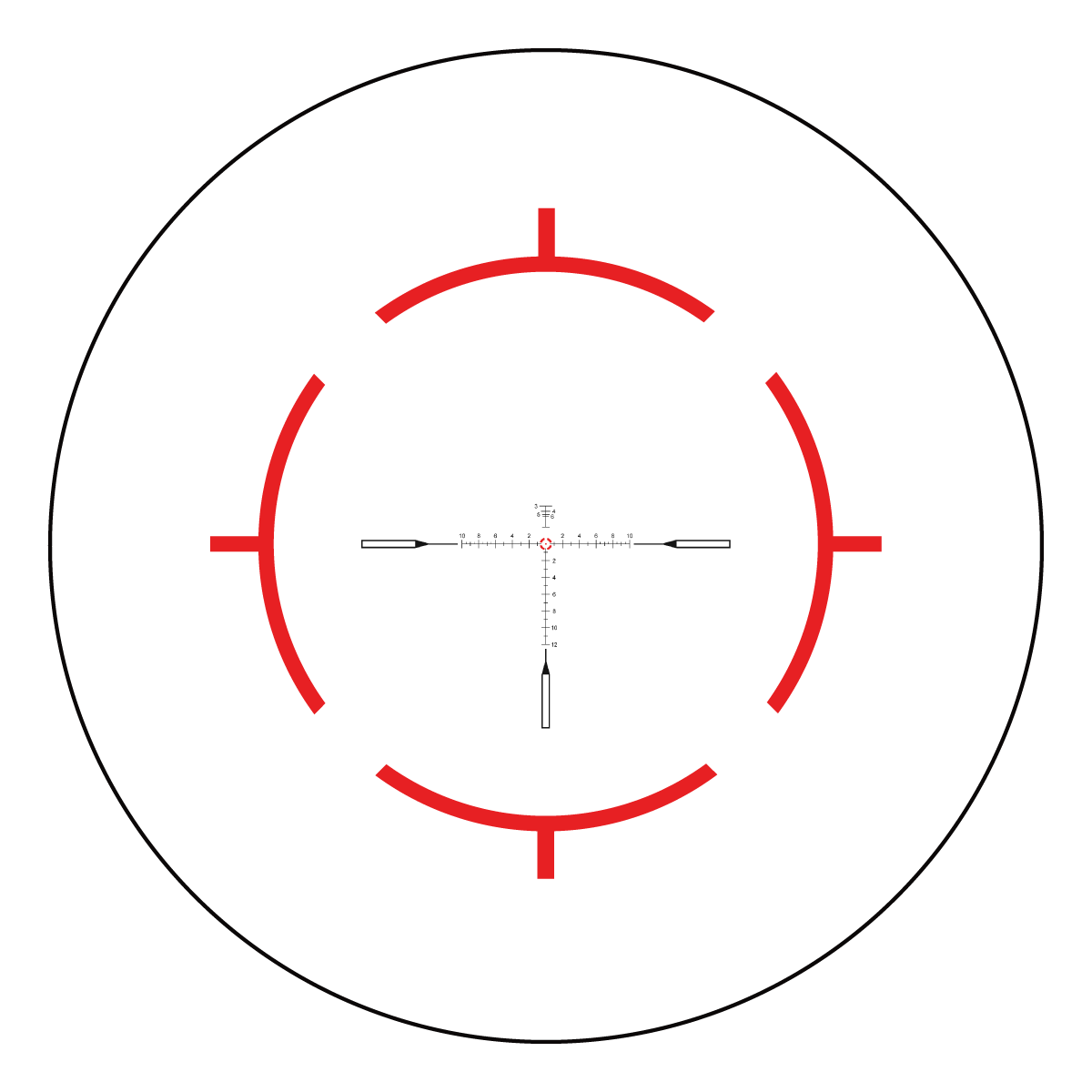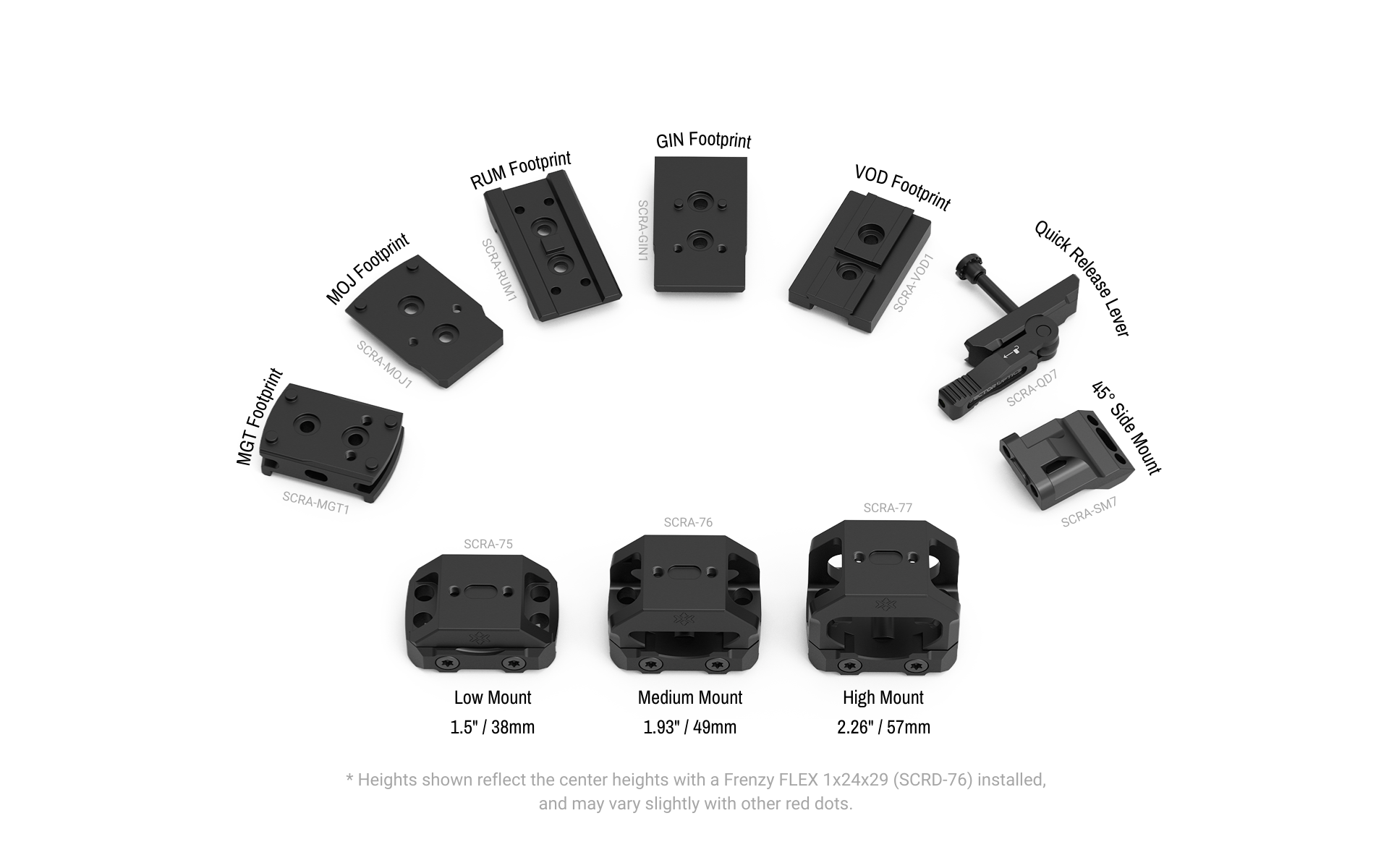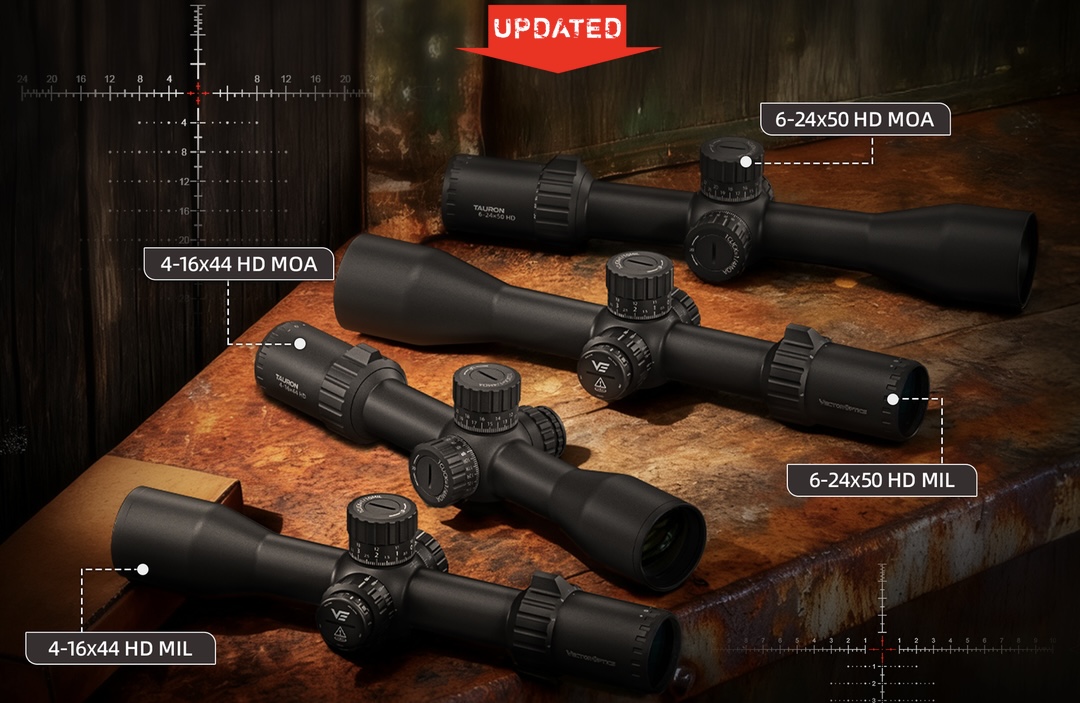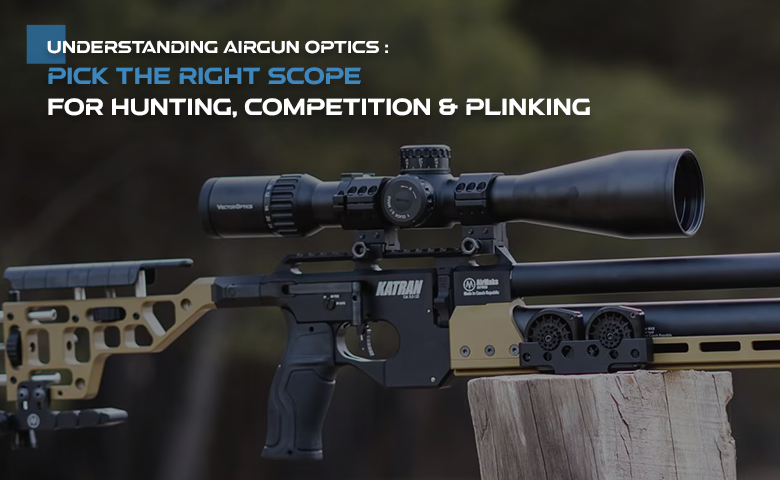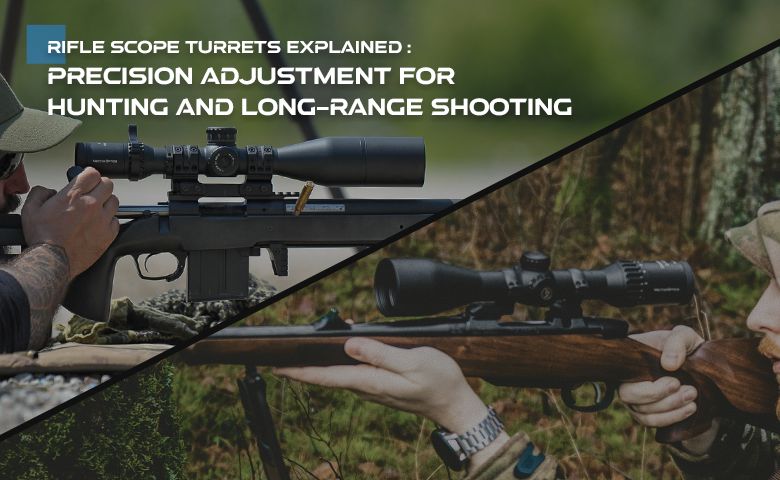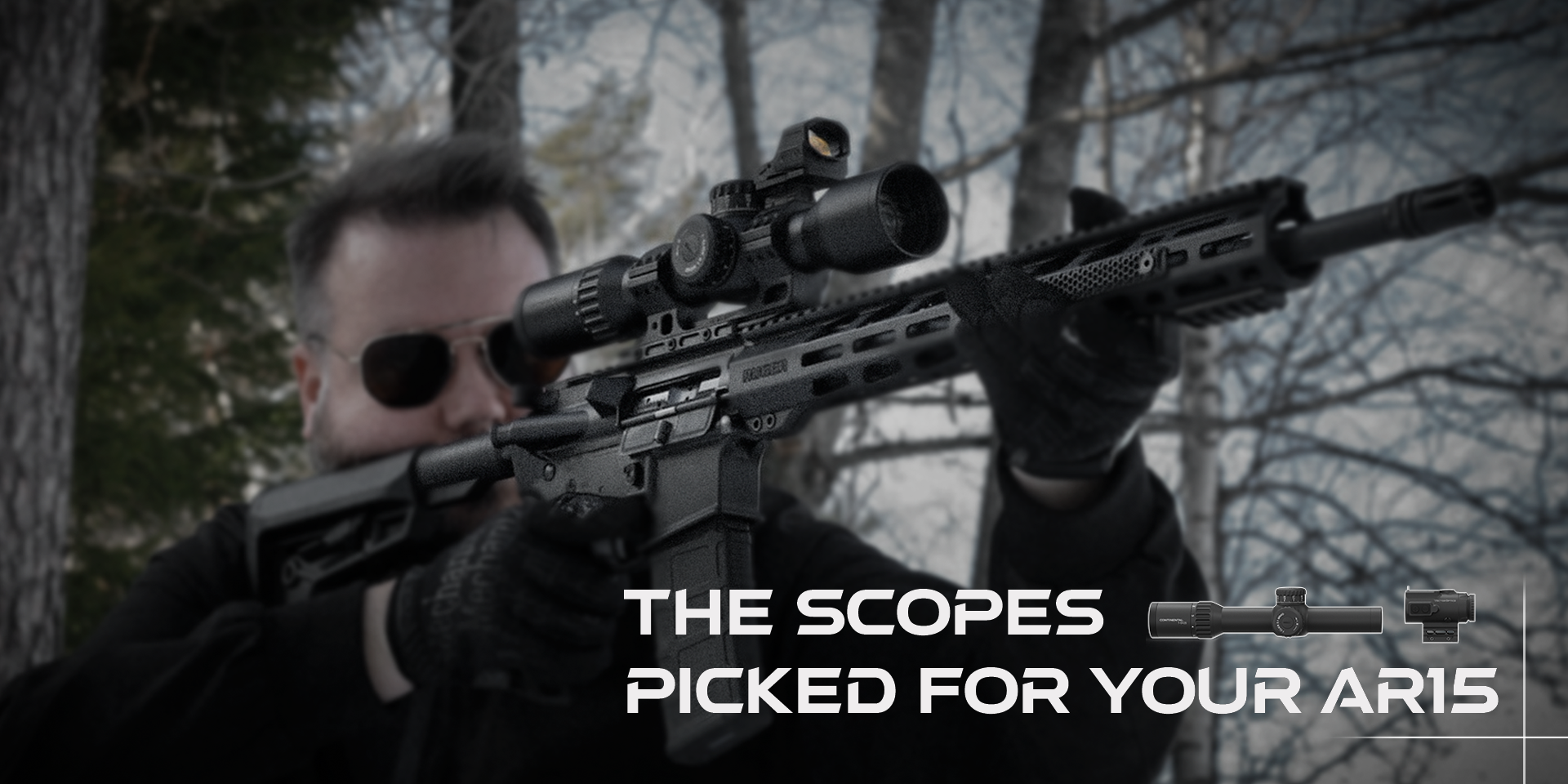Scope mounts and scope rings are the foundation of a reliable rifle setup. Without the right scope mounts and scope rings, even the best rifle and optic can lose accuracy. They keep your scope secure, maintain zero, and ensure consistent performance in hunting, competition, or other use. Now here is a complete guide for you to understand their types, features, and installation.
This guide is divided into three parts (click to view):
Part I: Types and Classifications
Part II: Special Features and Smart Designs
Part III: Choosing and Installing the Right Setup
You are now reading Part III of the series.
How to Choose the Right Scope Mount for Your Rifle
Choosing the proper scope mount depends on multiple factors — there’s no one-size-fits-all solution. The first and second factors are decisive and must be taken into account. Here’s what matters:
1. Rail System Compatibility
A scope mount must match the rifle’s rail system at its base in order to install securely.
Dovetail Rails come in various widths, commonly 7mm, 3/8 inch (about 9.5mm), 11mm and 13mm. These are often found on air rifles and some rimfire firearms. Unlike Picatinny or Weaver rails, dovetail rails don’t have standardized slot widths or spacing because they usually don’t have slots.
Picatinny rails have standardized slot width of 0.206 inches (5.23 mm) and uniform slot spacing with total 21-22 mm rail wide. This standardization ensures that mounts and accessories made for Picatinny rails will fit consistently across different firearm.
Weaver rails typically have a slot width around 3.8 mm, though it can vary depending on the manufacturer, and a rail width similar to Picatinny’s 21–22 mm. The spacing between slots is not standardized, so while some Weaver mounts can fit Picatinny rails, not all Picatinny mounts will fit Weaver rails.

(Dovetail Rail vs. Picatinny Rail vs. Weaver Rail)
Due to the non-standard slot spacing, Weaver rails are generally paired with scope rings, which offer more flexibility in accommodating varying slot positions. One-piece mounts, on the other hand, are designed with standardized slot spacing, typically intended for Picatinny rails, and may not fit well on Weaver rails due to the inconsistent slot distances.
Most modern rifles use either Picatinny or Weaver rails, ensure your mount fits the rail type and width on your rifle. For Weaver mounts on Picatinny rails, ensure the mount’s recoil lug fits snugly against the rail’s forward edge to prevent forward movement from recoil. So, it is better to install weaver mounts on weaver rail, and picatinny mounts on picatinny rail.
If you’re also unsure about the rail system, check out this blog for more information.
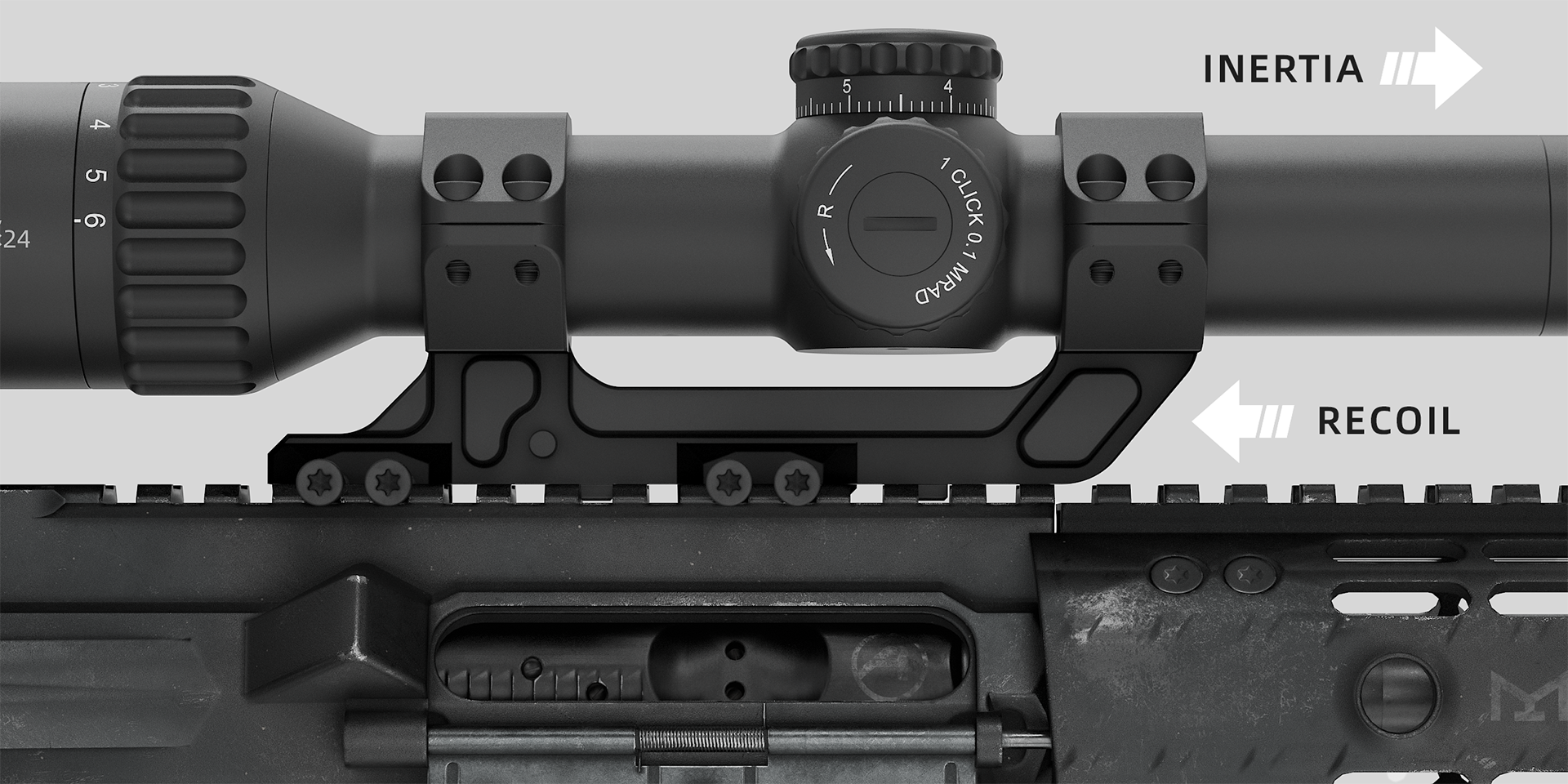
(Weaver Mount Lug Snug Against Picatinny Rail Edge)
2. Scope Size
Many shooter would be confuse on "what size scope rings do I need?" Before solving that, we need to acquire a comprehensive understanding of scope size. Actually, scope size includes tube diameter and scope height, both crucial for proper fit and adequate spacing.
The scope rings must match your scope tube size, commonly 1-inch (25.4 mm) , 30mm, or 34mm. A correct match ensures stable mounting — too large or too small will not hold the scope securely. For more details on how to choose the right tube size, see our scope tube size guide.
Here are some recommended products for different tube dias:
1-inch scope rings: 25.4mm X-Accu 1" Profile Picatinny Rings (XASR-2501), 25.4mm X-Accu 1.25" Profile Picatinny Rings (XASR-2502), 25.4mm X-Accu 1.4" Profile Picatinny Rings (XASR-2503);
30mm scope rings and 30mm scope mounts: 30mm X-Accu 1" Profile Picatinny Rings (XASR-3001), 30mm X-Accu 1.25" Profile Picatinny Rings (XASR-3002), 30mm X-Accu 1.4" Profile Picatinny Rings (XASR-3003), 30mm X-Accu One-Piece Medium Picatinny Mount (XASR-3010), 30mm X-Accu One-Piece High Picatinny Mount (XASR-3012);
34mm scope rings and 34mm scope mounts: 34mm X-Accu Low Profile Picatinny Rings (SCTM-52), 34mm X-Accu Medium Profile Picatinny Rings (SCTM-53), 34mm X-Accu High Profile Picatinny Rings (SCTM-54), 34mm X-Accu One-Piece High Picatinny Mount (SCTM-57), 34mm X-Accu One-Piece Medium Picatinny Mount (SCTM-60) .
When selecting the correct scope height, consider the following three factors:
a. Clearance Above the Barrel: The center height of the mount should be greater than half the scope's maximum overall height to provide sufficient clearance from the barrel and prevent the scope from touching the barrel, receiver, or other parts.
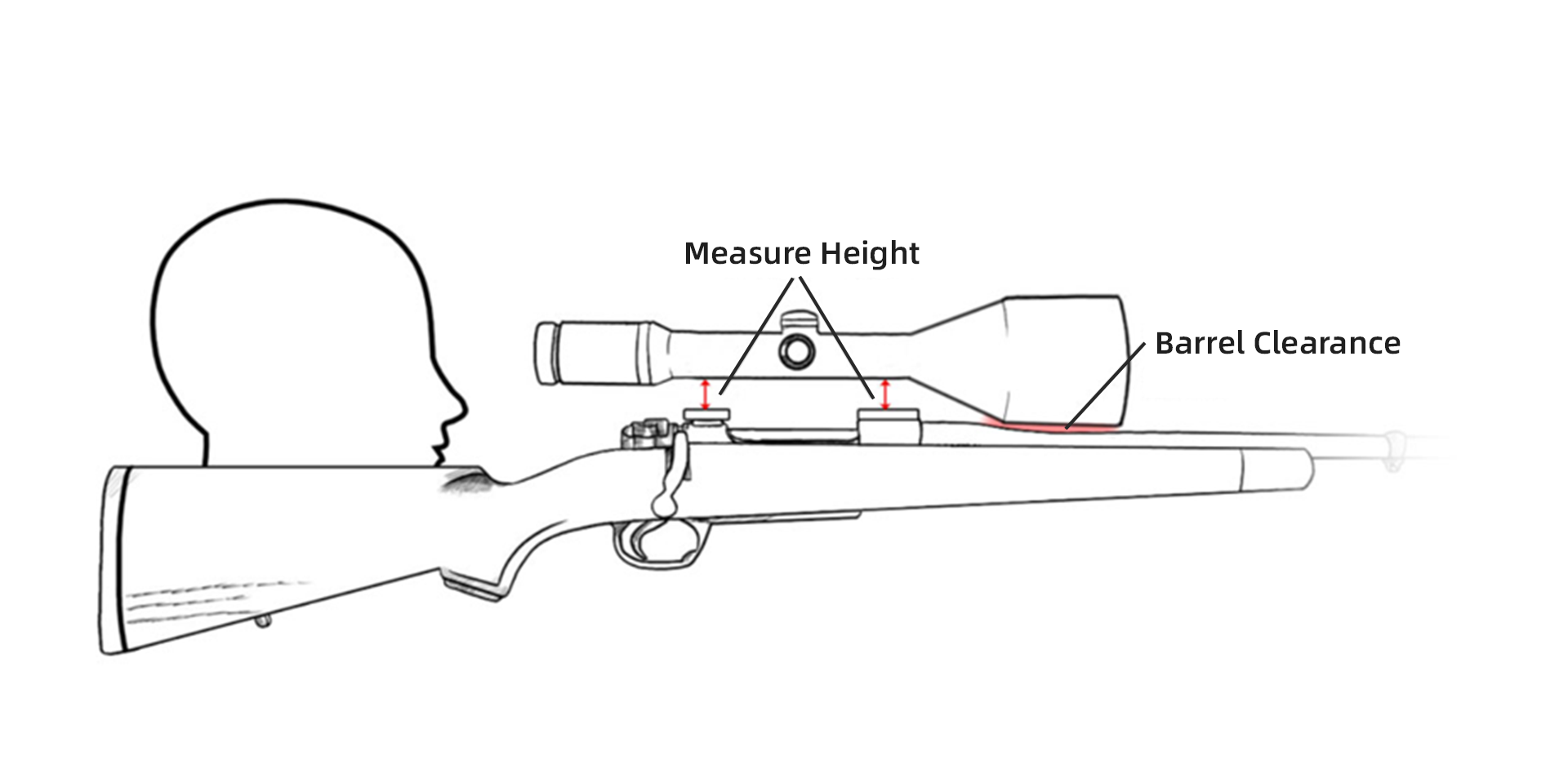
(Scope Height Must Allow Proper Clearance)
b. Rifle Stock Height: The height of your rifle's stock and comb position affects your natural line of sight. A higher comb raises your line of sight and may require taller mounts for proper scope alignment and eye relief. Additionally, A shorter stock, such as on the AR-15, often requires cantilever mounts for proper eye relief.
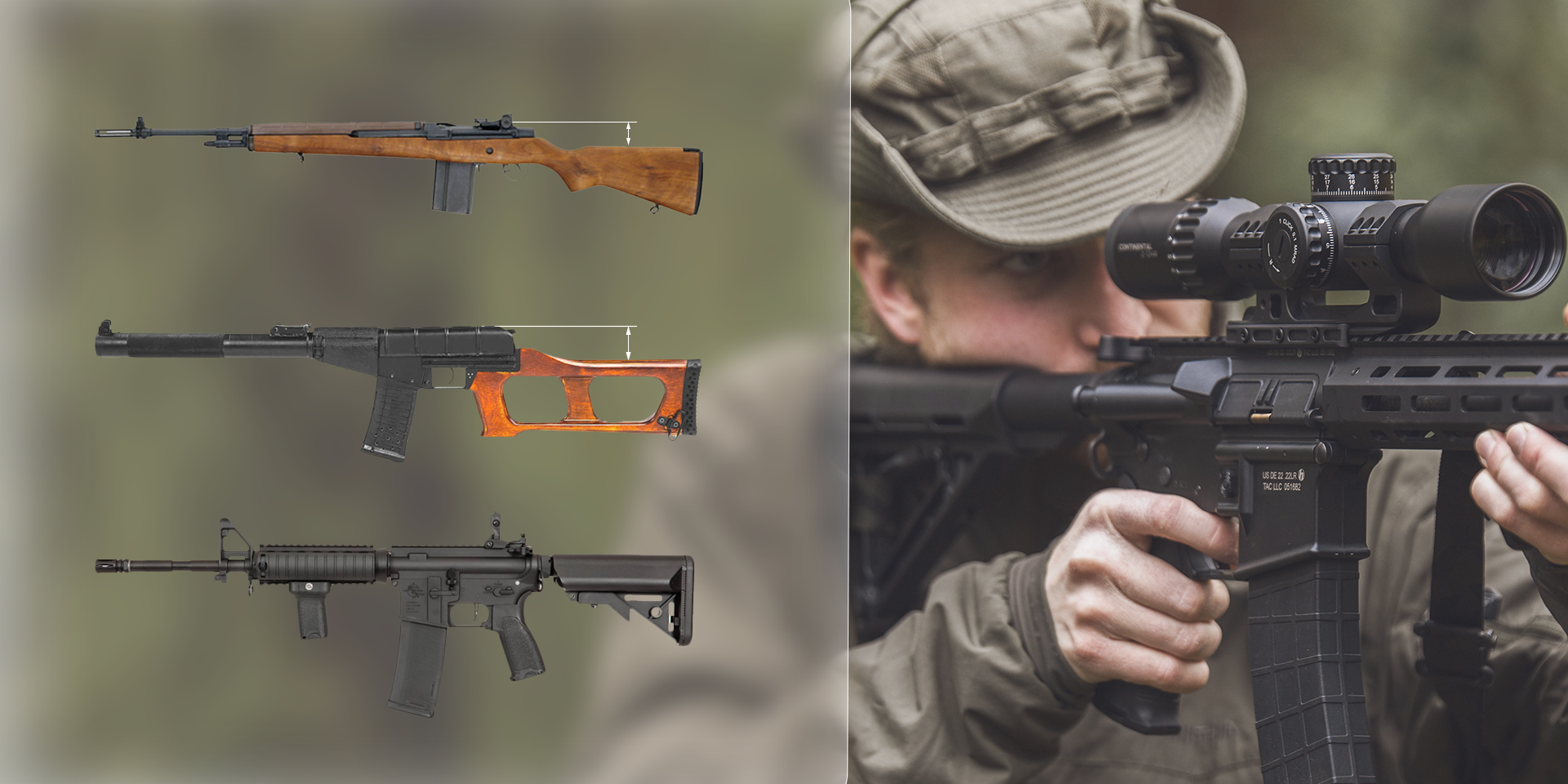
(Higher Comb Requires Higher Mount Height)
c. Adjustment Range: Lower mounts typically offer more stability and help increase your scope's adjustment range by reducing the angle between the scope and the rifle, which allows for greater vertical adjustment. Higher mounts provide more flexibility for long-range shots, as they give additional room for adjustments, but they may slightly reduce stability and could potentially limit the overall adjustment range.
Here are three kinds of common scope heights, as shown in the illustration below:
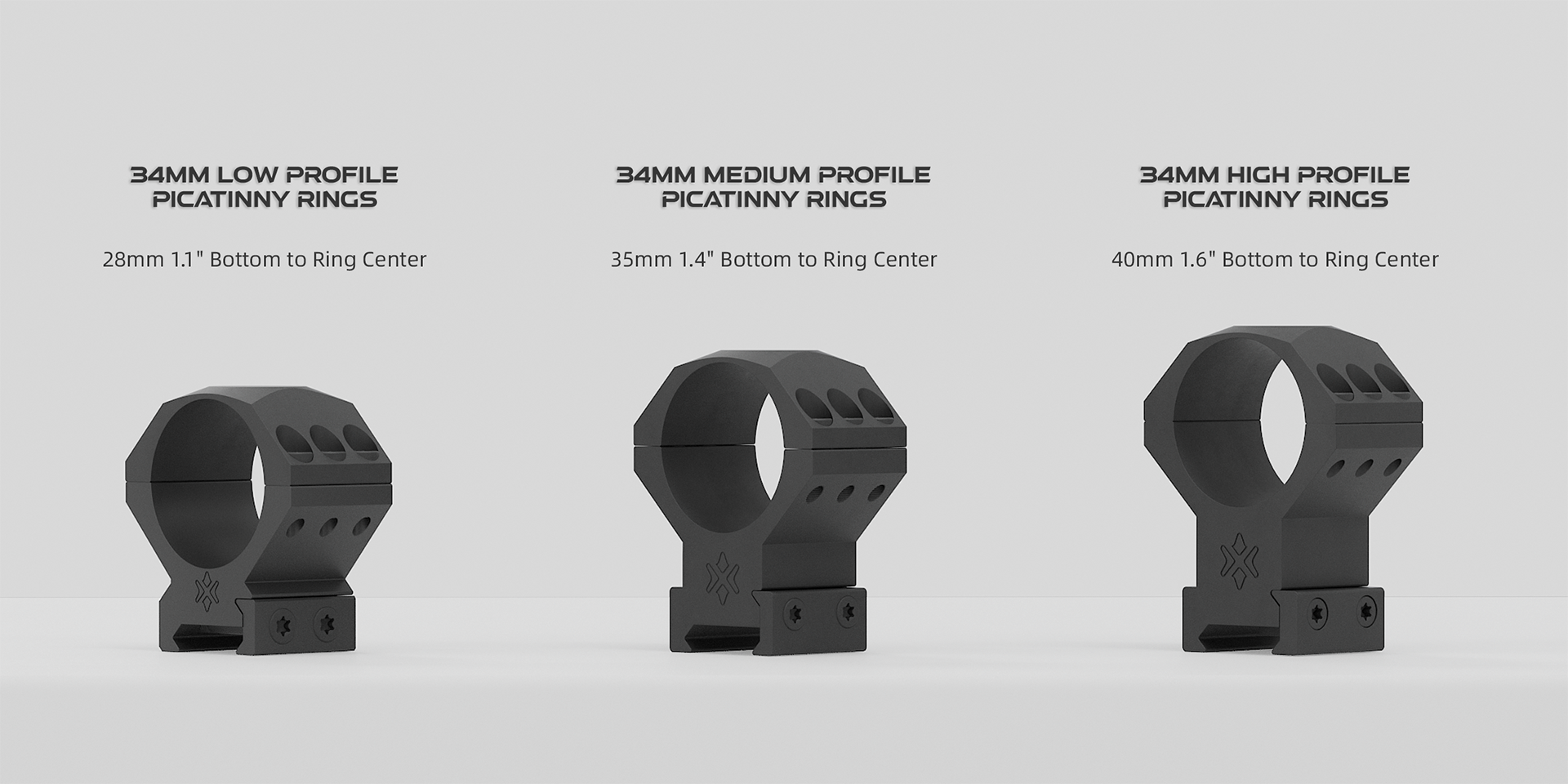
(Three Kinds of Central Height)
3. Shooting Scenarios
Scope mounts are designed with different shooting scenarios in mind, and the ideal choice depends on how and where you use your rifle. The table below highlights key mount features for three main scenarios and explains the benefits they provide.
Shooting Scenarios | Key Mount Features | Feature Description |
Long-Range Shooting | 20-30MOA Cant | Maximizes scope's internal elevation for longer ranges |
High-Quality Material | Aircraft-grade aluminum or steel ensures stability |
Integrated Bubble Level | Helps avoid canting the rifle |
Hunting | Lightweight | Reduces overall rifle weight — important during long treks or stalks |
Simple, Tool-Free Design | Easy to install or adjust in the field if needed |
Weather-Resistant Finish | Resists rust and corrosion in rain, snow and humid environments |
Competition | High Precision Machining | Ensures perfect alignment — critical for repeatable accuracy |
Material Strength | 7075-T6 aluminum or steel-handles repeated recoil and abuse |
Tool-Free Adjustability / Quick Release | Saves time between stages or optic changes in dynamic events like 3-Gun |
Recoil Lug or Cross Bolts | Adds extra stability, especially in higher-caliber rifles |
Based on the three shooting scenarios above, in order to maximize stability, precision, and ease of use for your every shot, the following products are highly recommended for you:
X-Accu 30mm Adjustable Picatinny Rings (XASR-3040), X-Accu 30mm One Piece 20MOA Medium Picatinny Mount (XASR-3011) for long-range shooting;
X-Accu 30mm 1" Profile Picatinny Rings (XASR-3001) for hunting;
X-Accu 34mm Cant 0MOA One Piece High Picatinny Mount(XASR-3014), X-Accu 34mm Medium Profile Picatinny Rings (XASR-3453) for competition.
4. Rifle Type
Choosing the right scope mount depends on your rifle type—AR-style rifles, spring guns, or special types.
For AR-style rifles, a cantilever mount is recommended, as the narrower stock requires a forward position to provide comfortable eye relief. This design ensures that the shooter can maintain a natural sight picture without straining or adjusting their position too much, improving overall shooting comfort.
For spring guns, a one-piece mount with a zero-recoil design is recommended, incorporating a recoil buffer to absorb the unique, high-impact vibrations caused by the spring and piston. This helps protect both the scope and the rifle, ensuring that the mounting system stays intact and the scope maintains its accuracy over time.
For bolt-action rifles, dedicated scope rings allows the scope to be positioned as close to the barrel as possible, which is beneficial for long-range shooting. By reducing the height over bore, the reticle remains better aligned with the bullet’s trajectory, improving accuracy and providing more room for adjustments. Additionally, a closer scope-to-bore alignment minimizes the effect of any slight canting, further enhancing precision.
For certain special rifle types, such as Mosin-Nagant, require mounts that differ from standard designs to ensure proper fit and stability. These mounts take into account the unique characteristics of these rifles, ensuring that the optic is securely mounted and the accuracy remains intact.
To help shooters get the most out of their rifles, the following mounts are specially engineered for each of these rifles:
30mm 1-Piece Extended Picatinny AR Mount (XASR-3031), 30mm 1-Piece Extended Picatinny AR Mount 20MOA (XASR-3032), 30mm 1-Piece Extended Picatinny AR Mount (XASR-3033) for AR-style rifles;
25.4mm 1" Steel Low Weaver Rings (XASR-S01), 30mm Steel Low Weaver Rings (XASR-S11) for bolt-action rifles;
25.4mm 1" One Piece Zero Recoil Dovetail Mount (SCOP-23), 30mm One Piece Zero Recoil Weaver Mount (SCOP-24) for spring guns;
Mosin-Nagant 91/30 PEM Steel Mount (VDSM-12) for Mosin-Nagant.
How to Properly Install Your Scope Mount
Proper installation of scope mounts and scope rings is critical for achieving consistent accuracy. Even the best optics will underperform if alignment, torque, or leveling are overlooked. A correctly installed scope mount not only prevents scope shift and zero loss, but also extends the service life of both scope rings and your rifle setup.
Preparation:
Steps:
1. Attach the scope rings or mount base to the rifle’s rail at the recommended torque specification.
2. Align the front and rear rings on the same axis using conical alignment tools before placing the scope.
3. Place the scope in the rings at the highest magnification setting but do not fully tighten screws yet.
4. Shoulder the rifle and adjust the scope fore-and-aft to find a natural head position with a full sight picture.
5. Use a level on a flat part of the scope body to ensure it is perfectly horizontal.
6. Level the turret caps by removing them and placing the level on top for precise alignment.
7. Incrementally tighten all screws to the manufacturer’s torque recommendations, alternating sides evenly. Avoid over-tightening, as excessive torque can damage the scope tube or the mount.
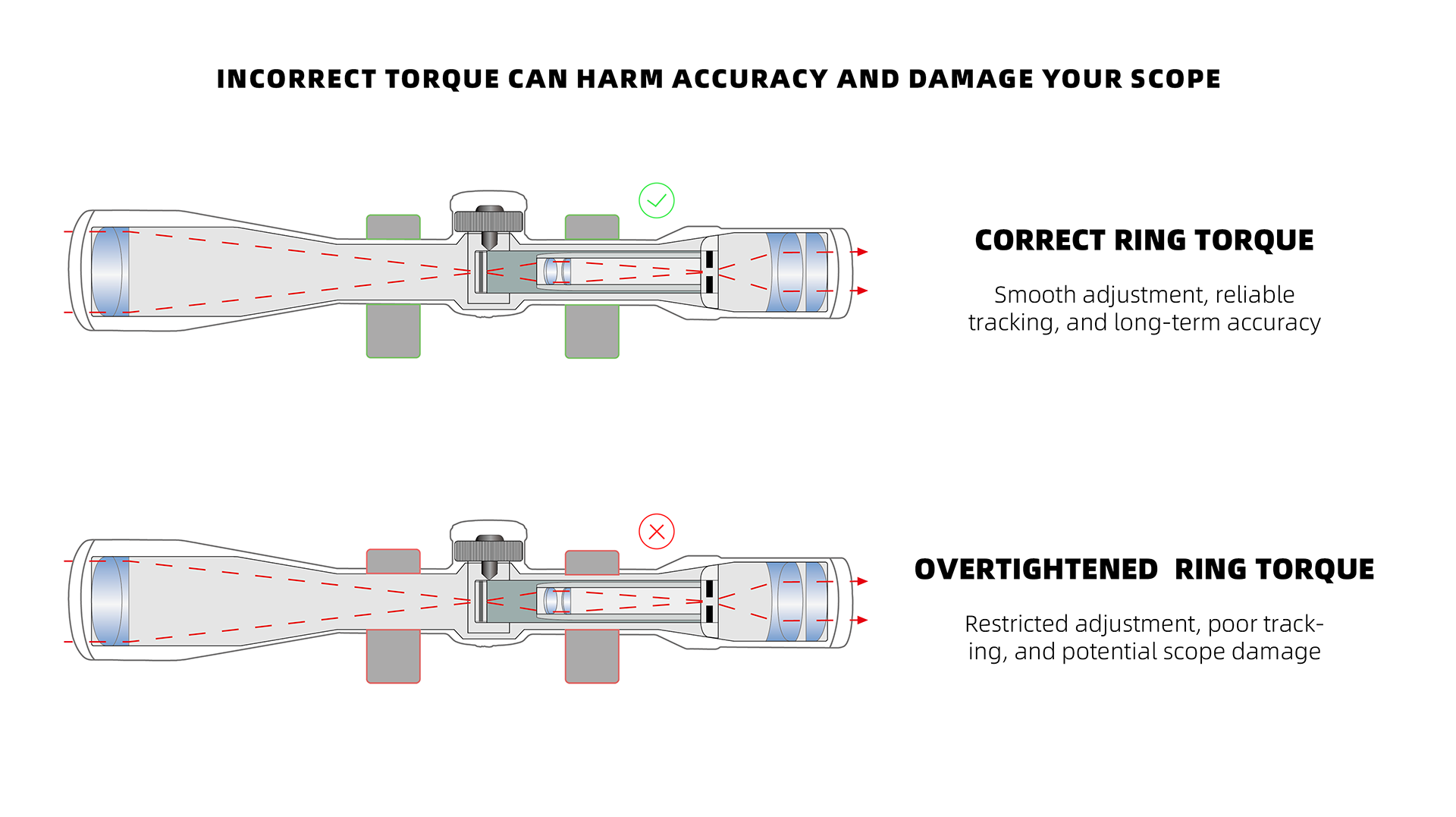
(Correct Ring Torque is Important)
8. Double-check the eye relief, alignment, and level before finalizing.
This article concludes our three-part series on scope mounts and scope rings. Be sure to check Part I: Types and Classifications and Part II: Special Features and Smart Designs for a complete overview before choosing your setup.
Trusted by hunters and competitiors alike, VE's X-Accu Series delivers the perfect balance of strength, precision, and convenience—ensuring your optic performs at its best in every scenario.







